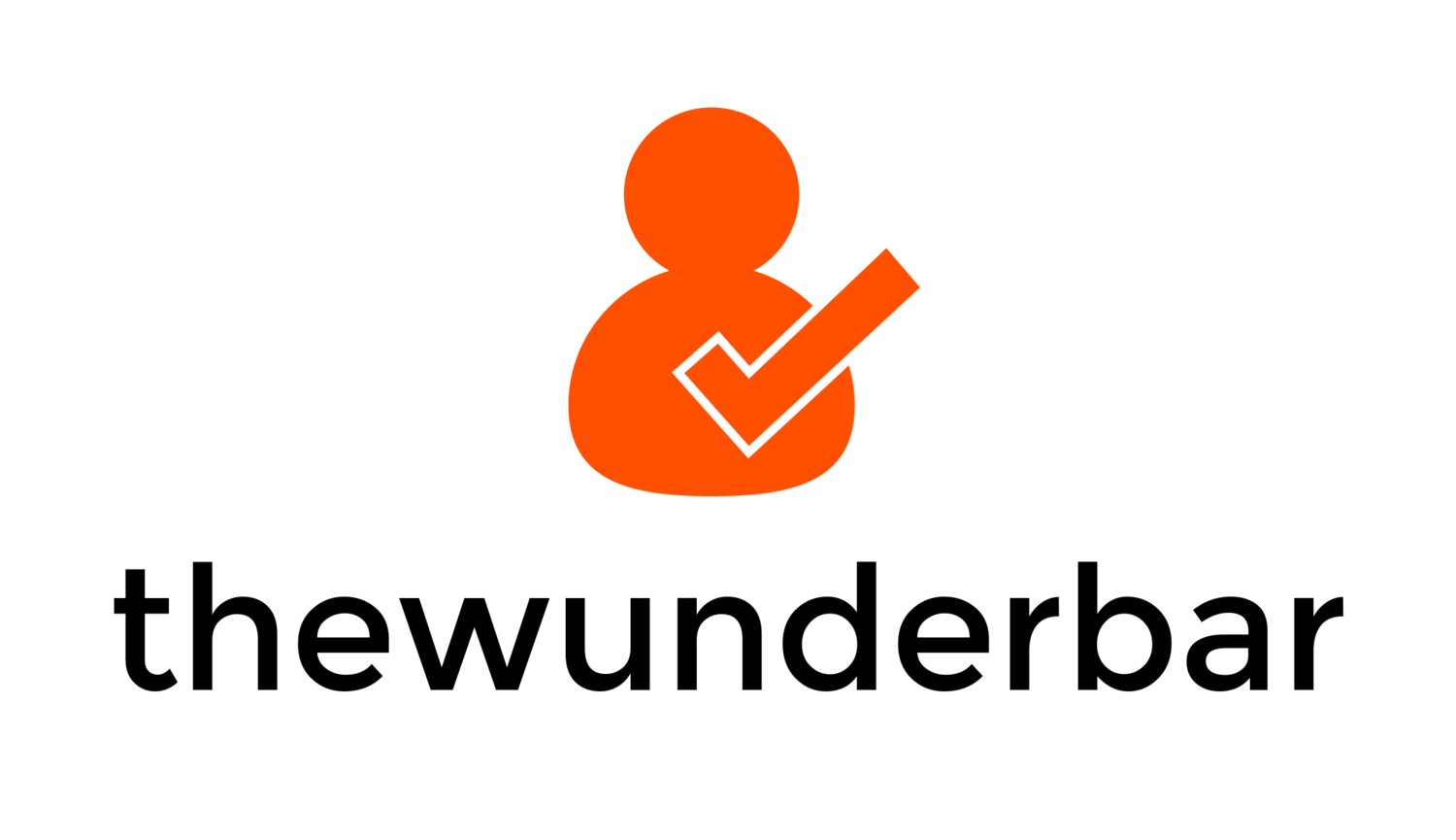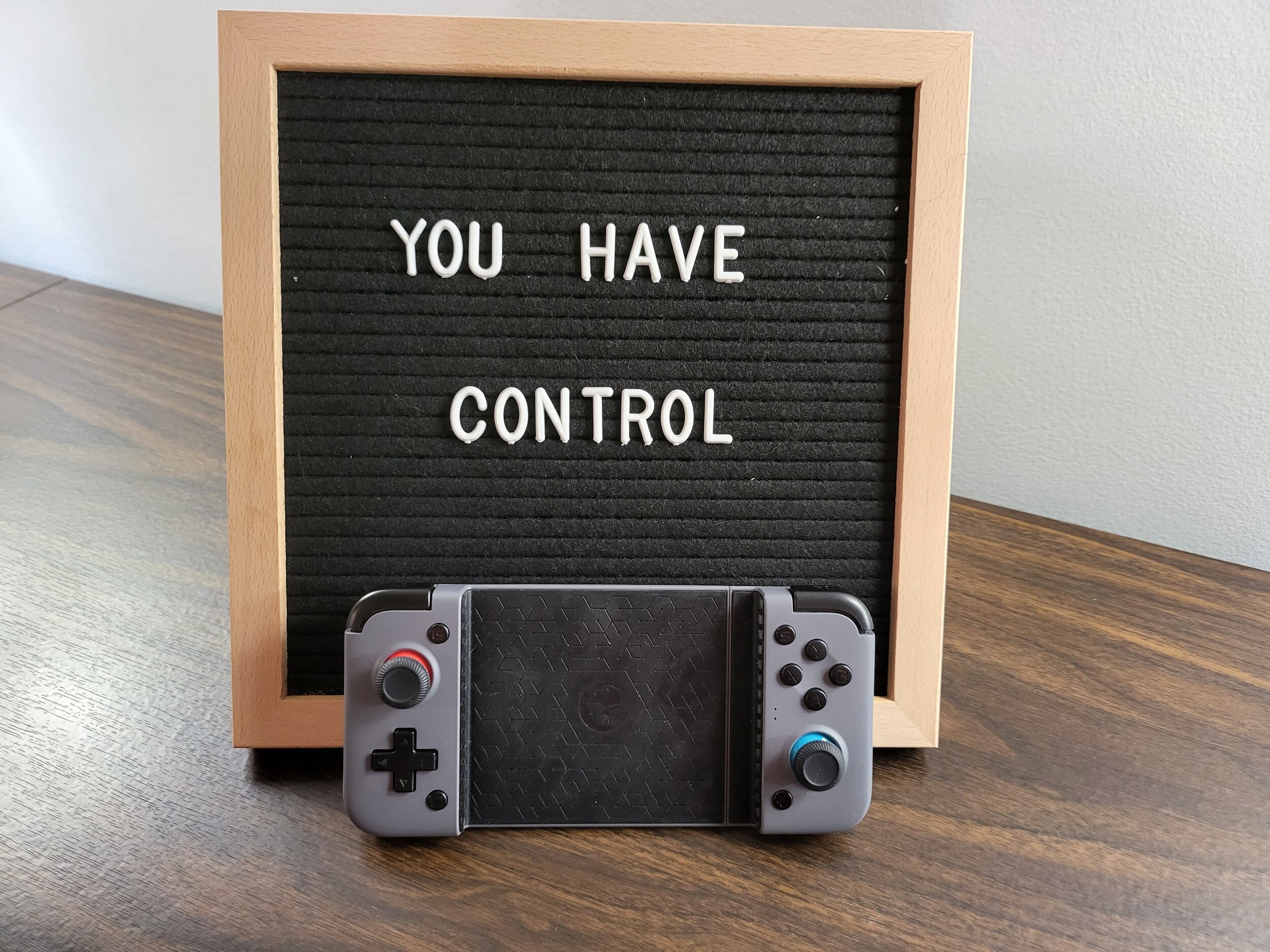I had only heard of a company called GameSir tangentially. The company is one of many game peripheral makers out of Asia that makes various products from keyboards to game controllers. I have been given an opportunity to try out the GameSir X2 Bluetooth controller that is designed for phones. This product directly competes with products like the Razer Kishi, but comes in at a cheaper price. Let’s dive in.
Unboxing and Hardware
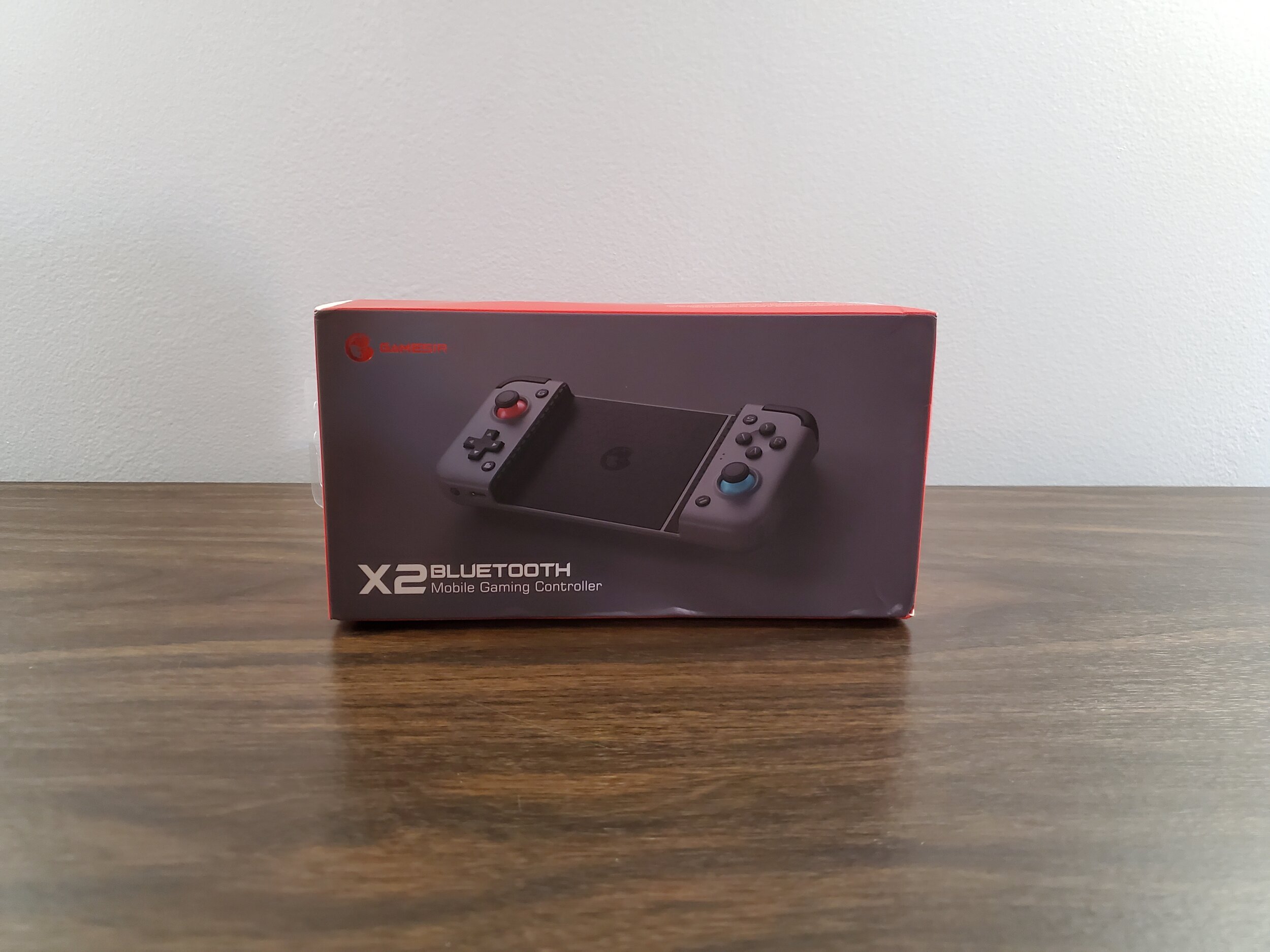
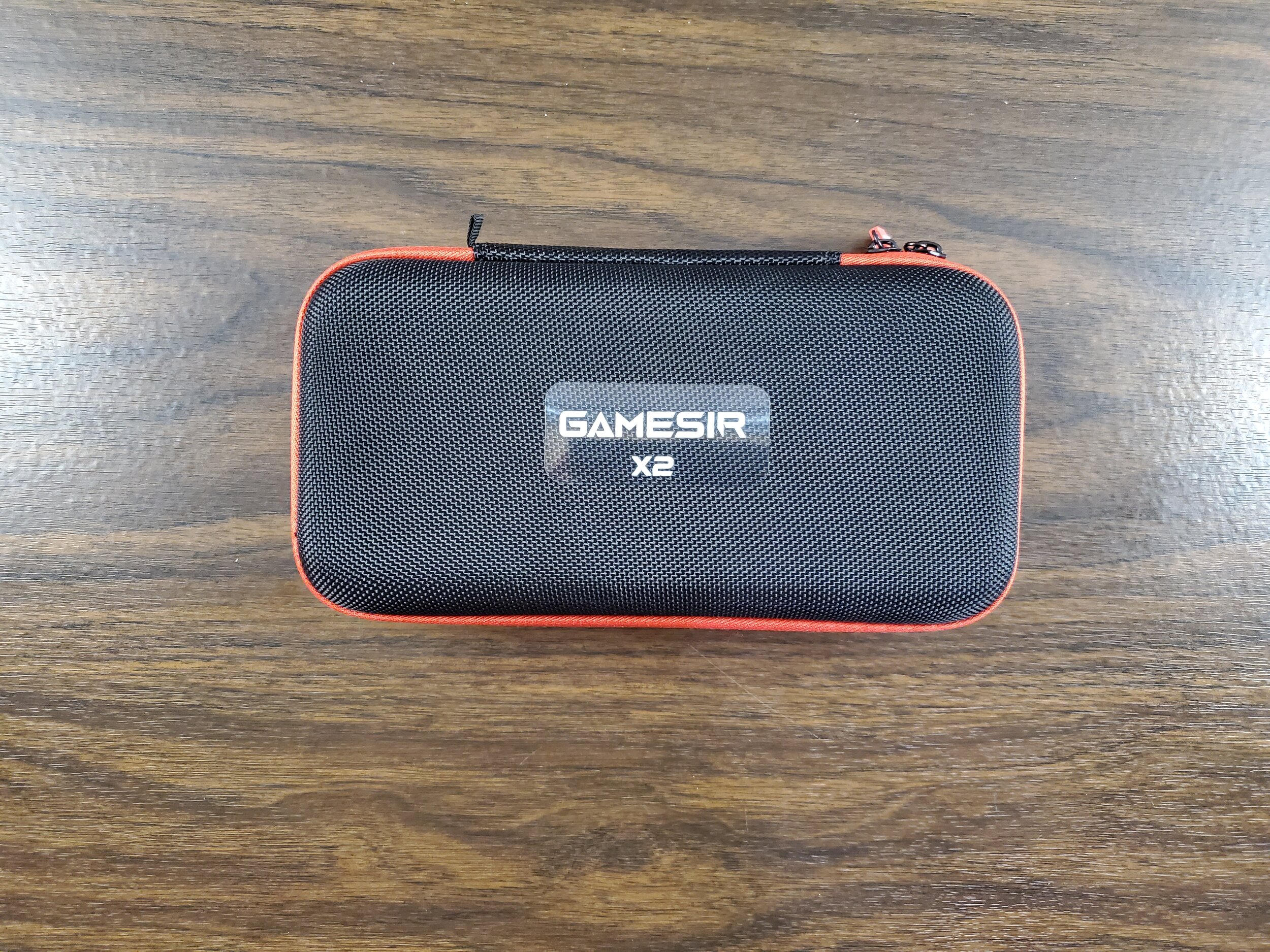
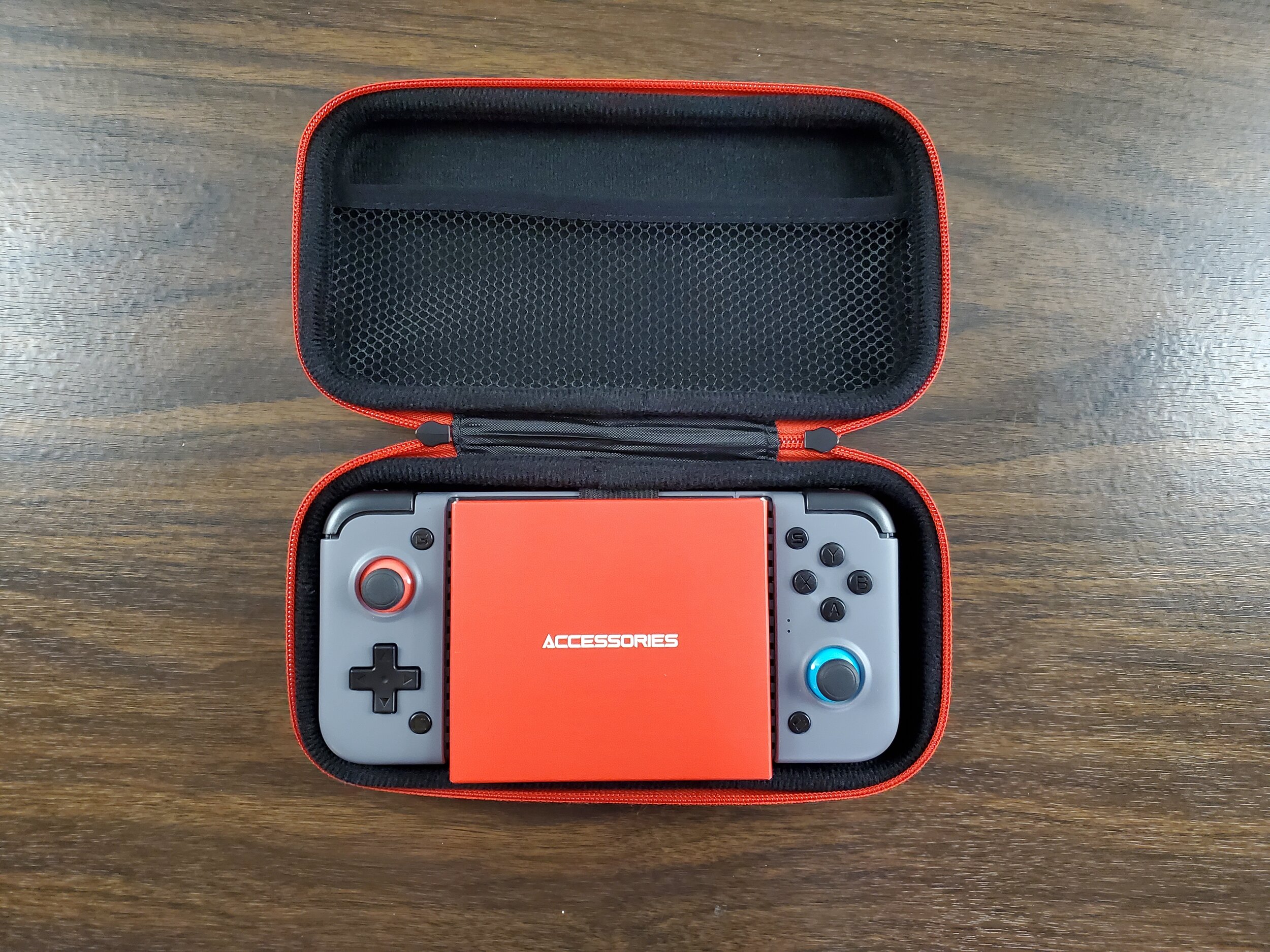

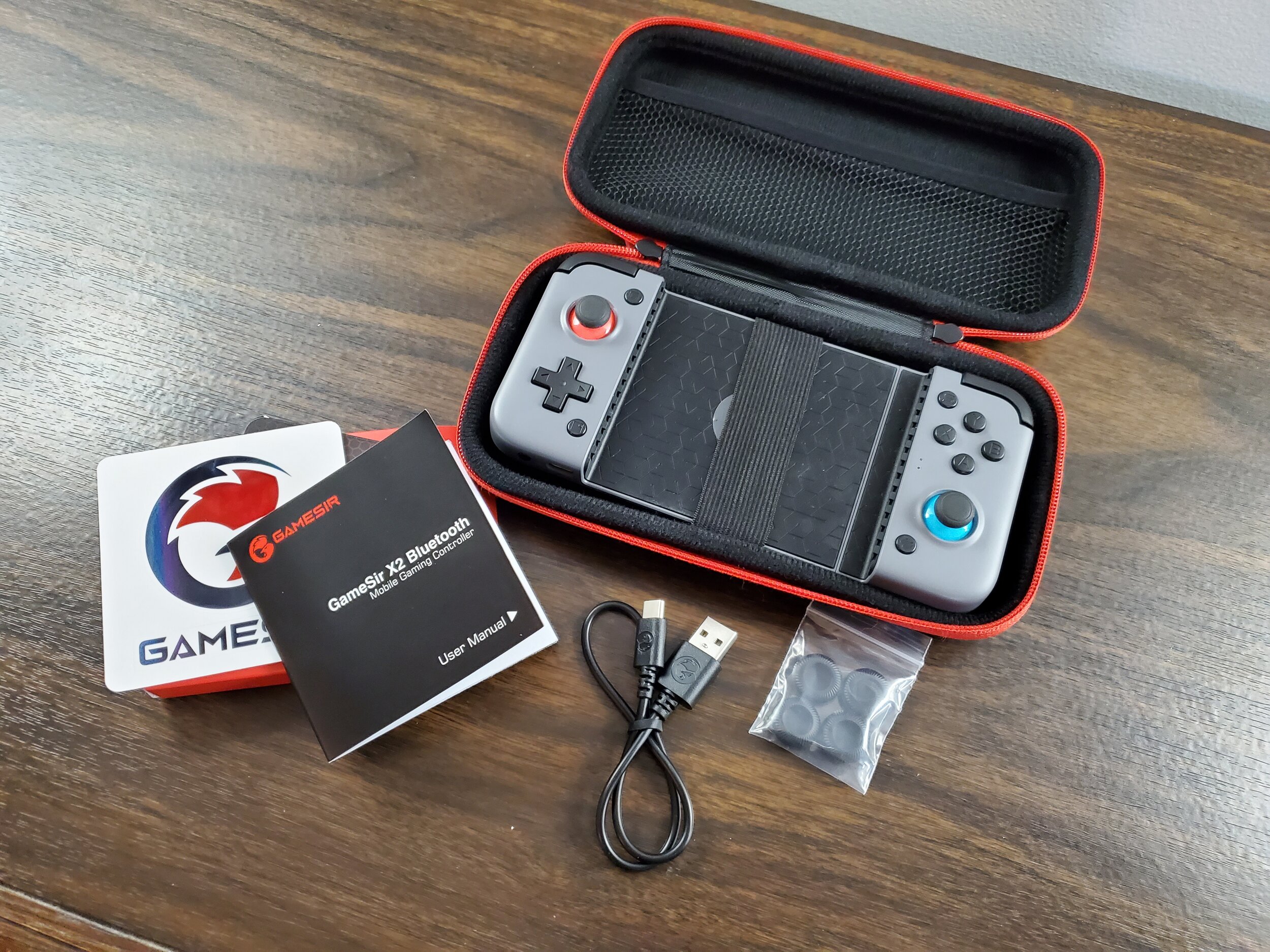
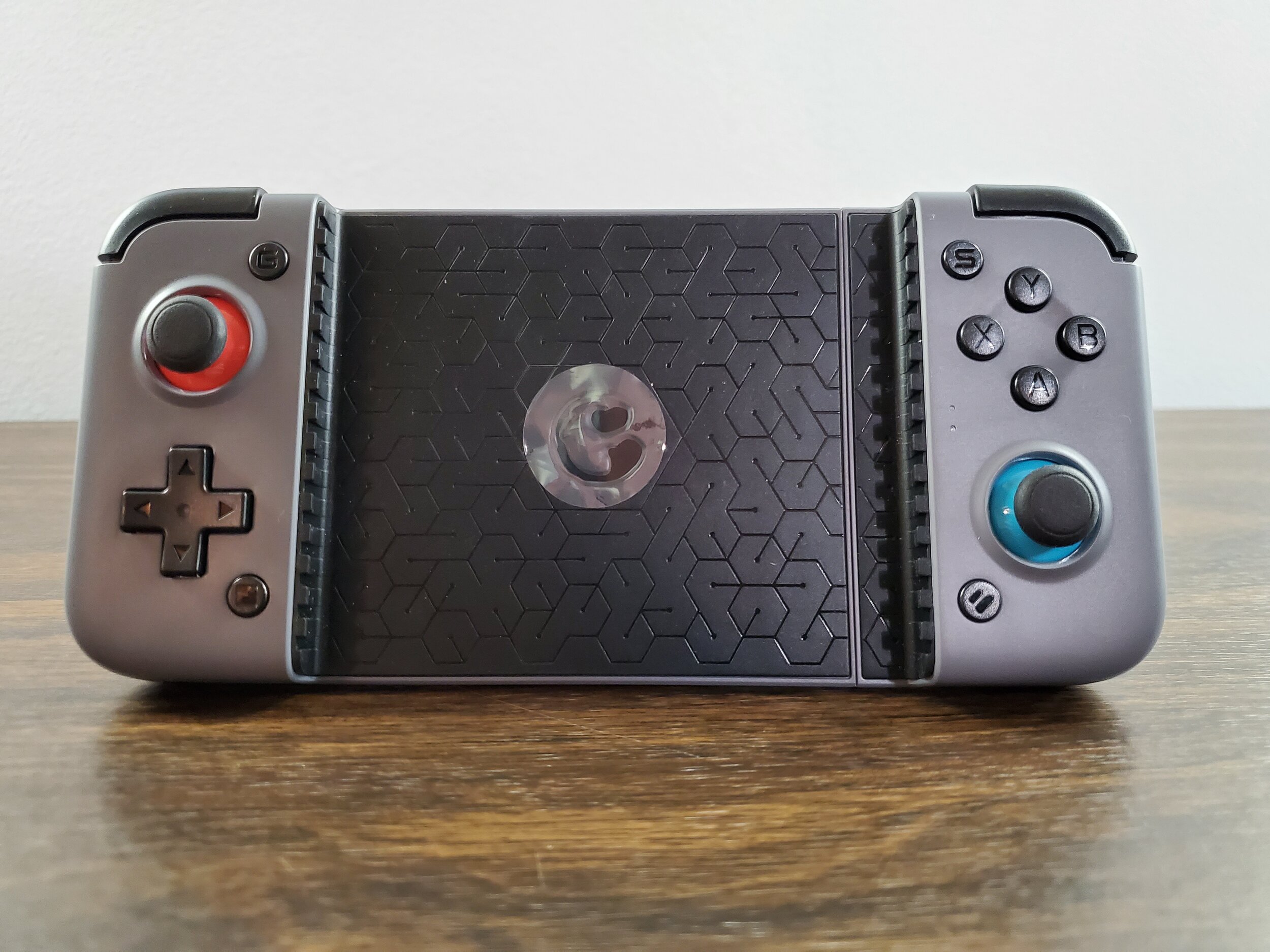


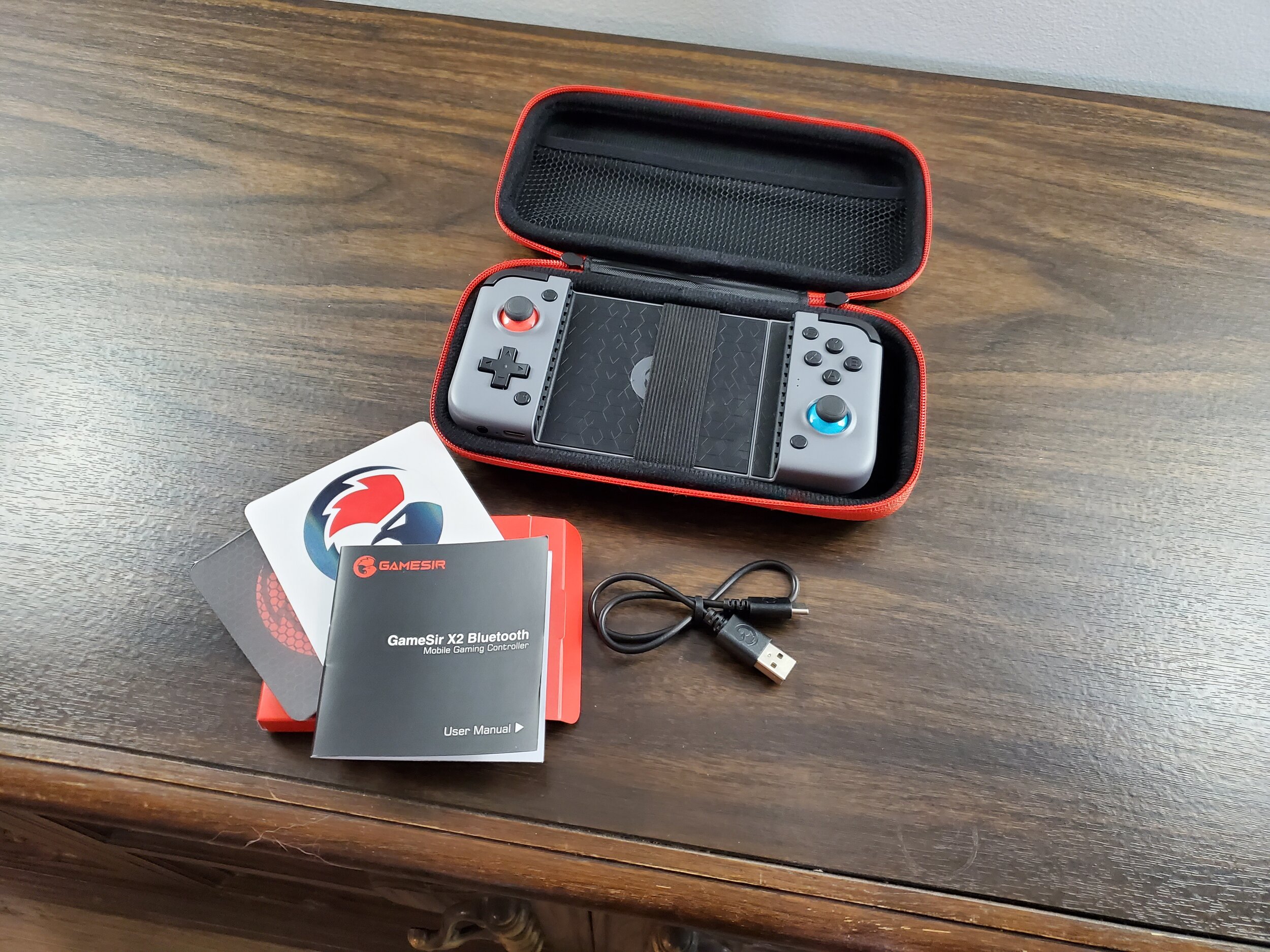
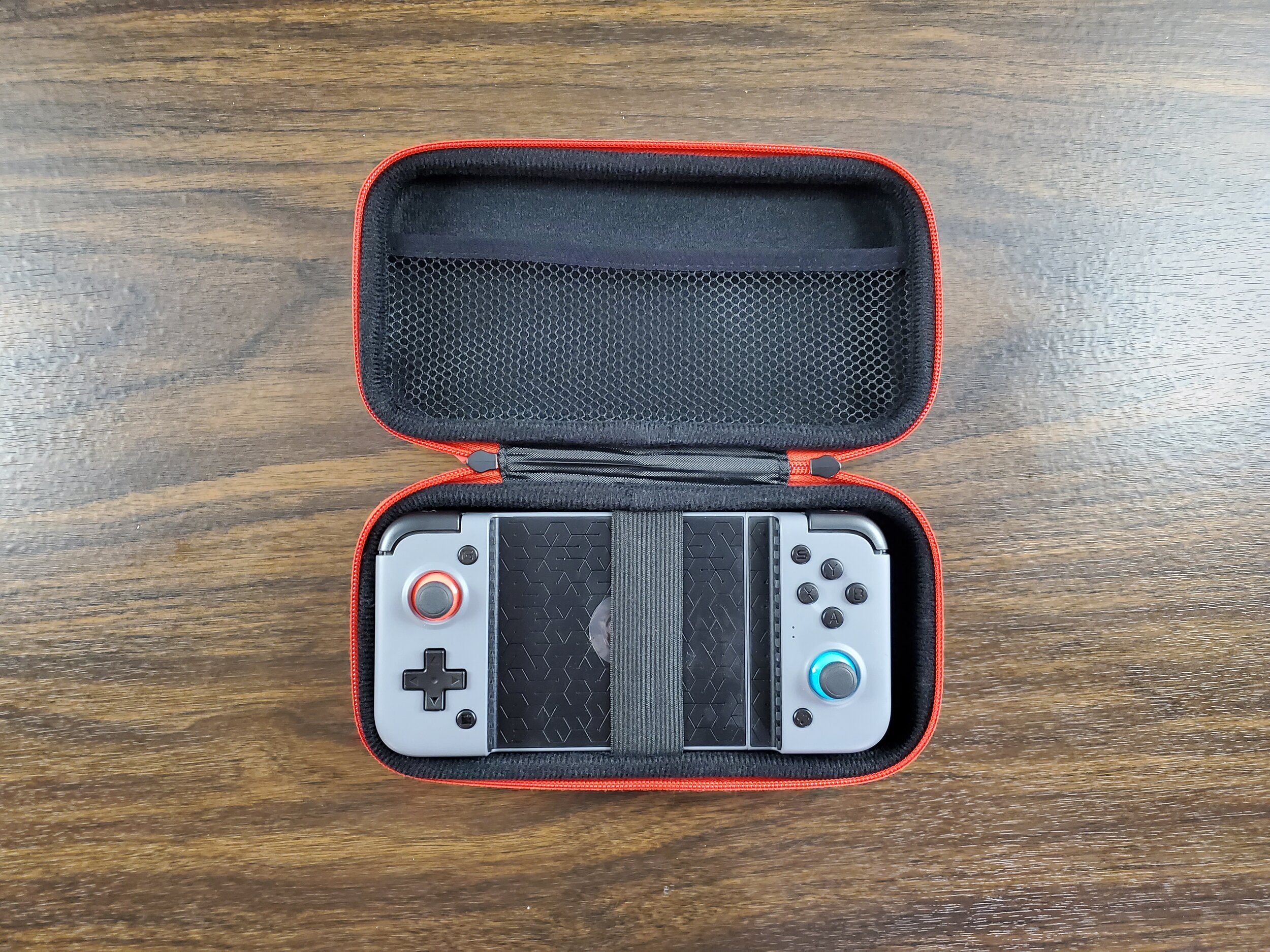

The X2 Bluetooth comes in fairly standard packaging, with product details in many languages you commonly see from smaller companies. In the box there is a carrying case with the controller, a USB-A to USB-C cable, an instruction booklet, and two sets of thumbstick covers. The carrying case is surprising in not only quality, but the fact that it is included at all. Other controllers usually don’t come with any kind of case, so the inclusion of one is appreciated. The USB cable is short, almost to the point of being useless, but that is common with accessory devices. The inclusion of the thumbstick covers betrays the low quality of the thumbsticks on the controller itself, which I’ll get to. Overall, it is a nice package, and more you get from other controllers.
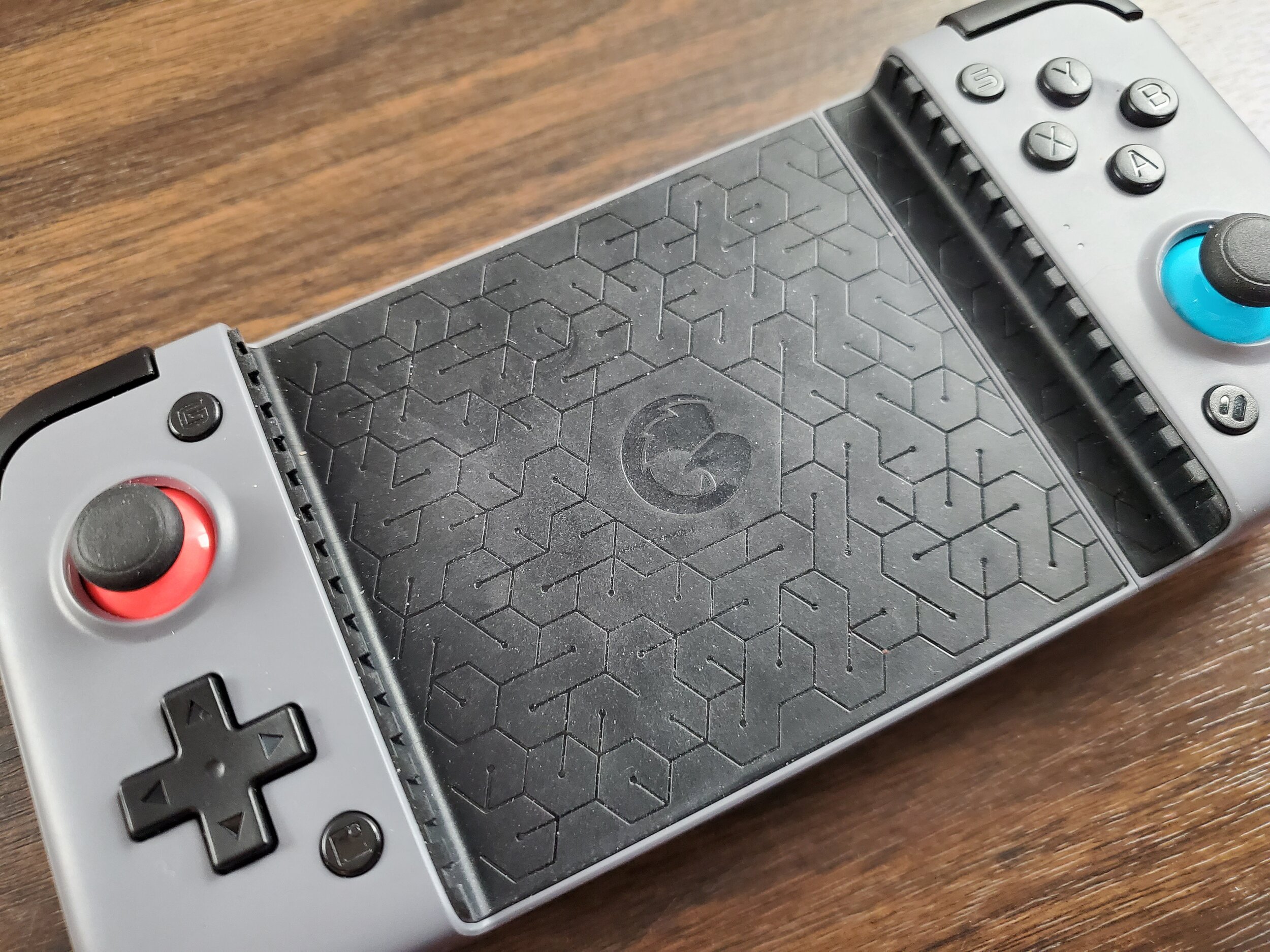
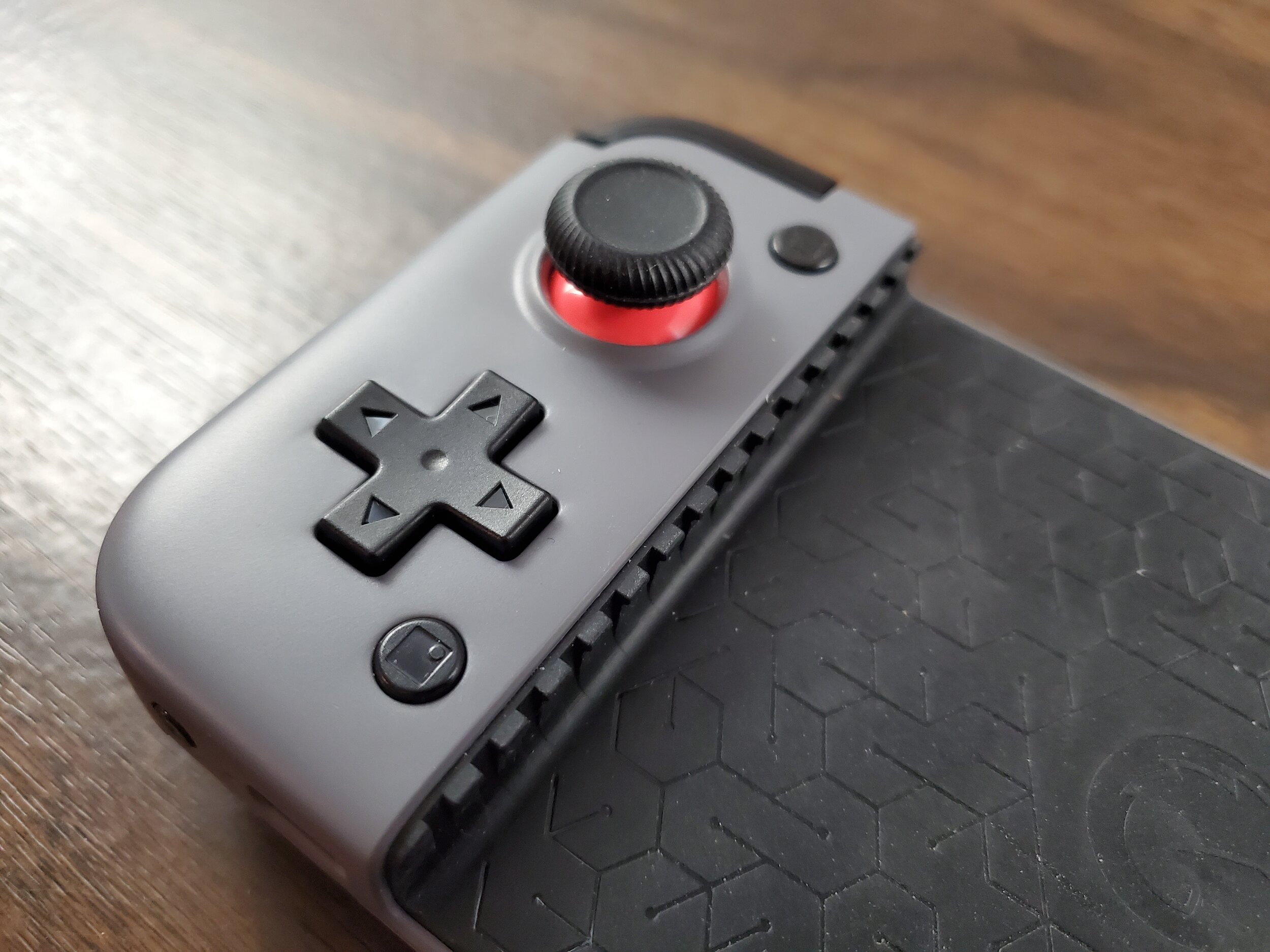
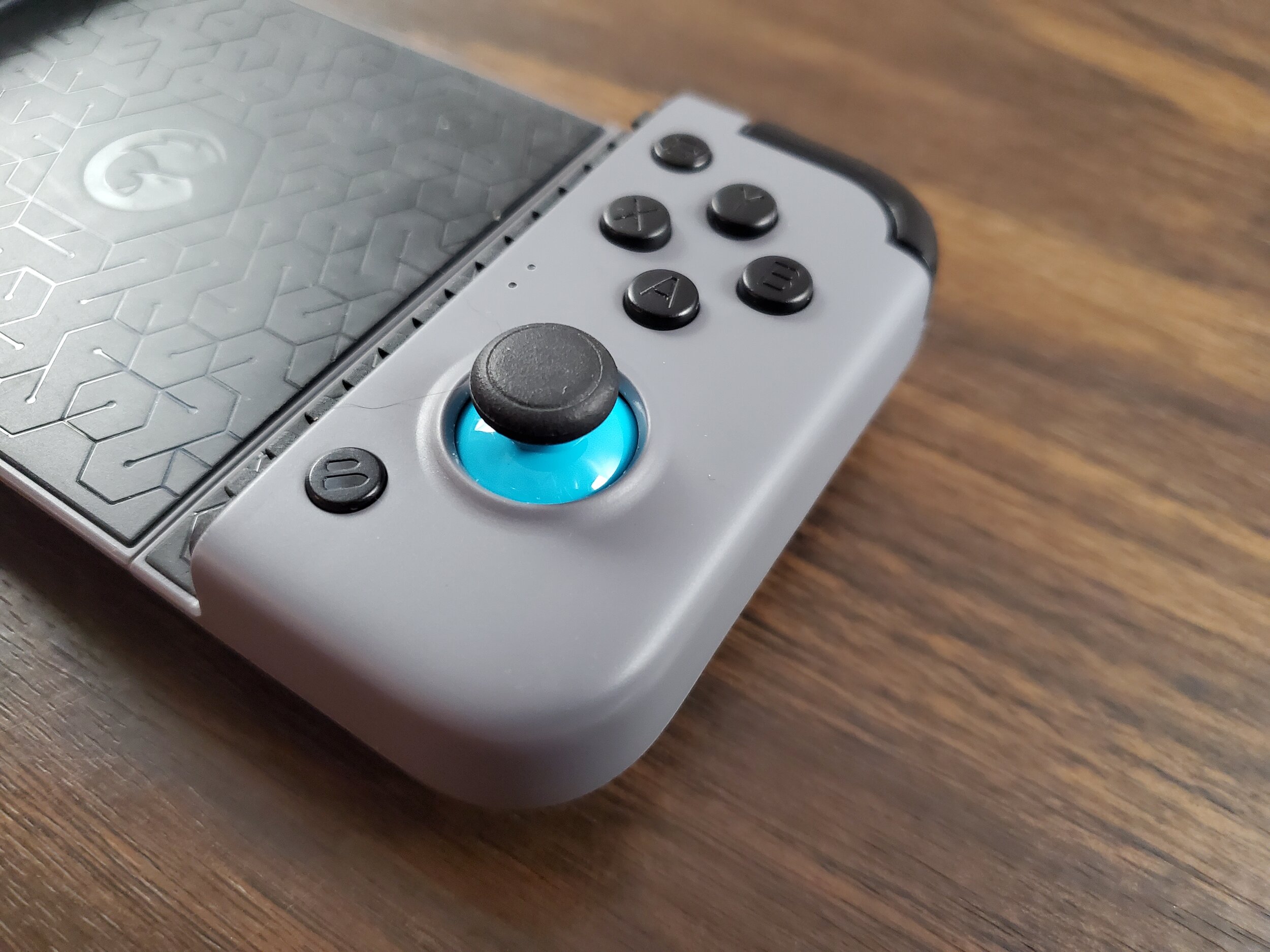
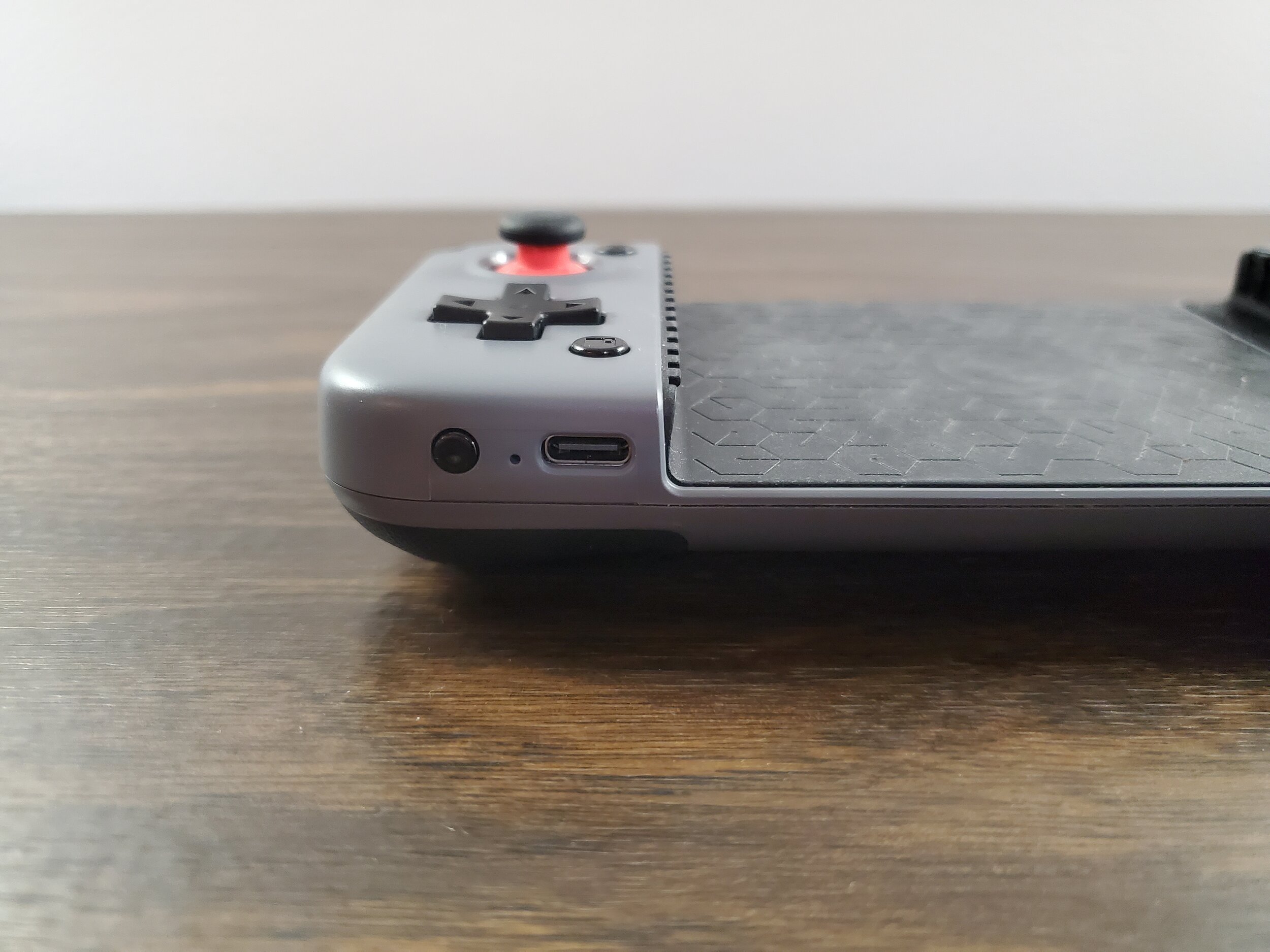
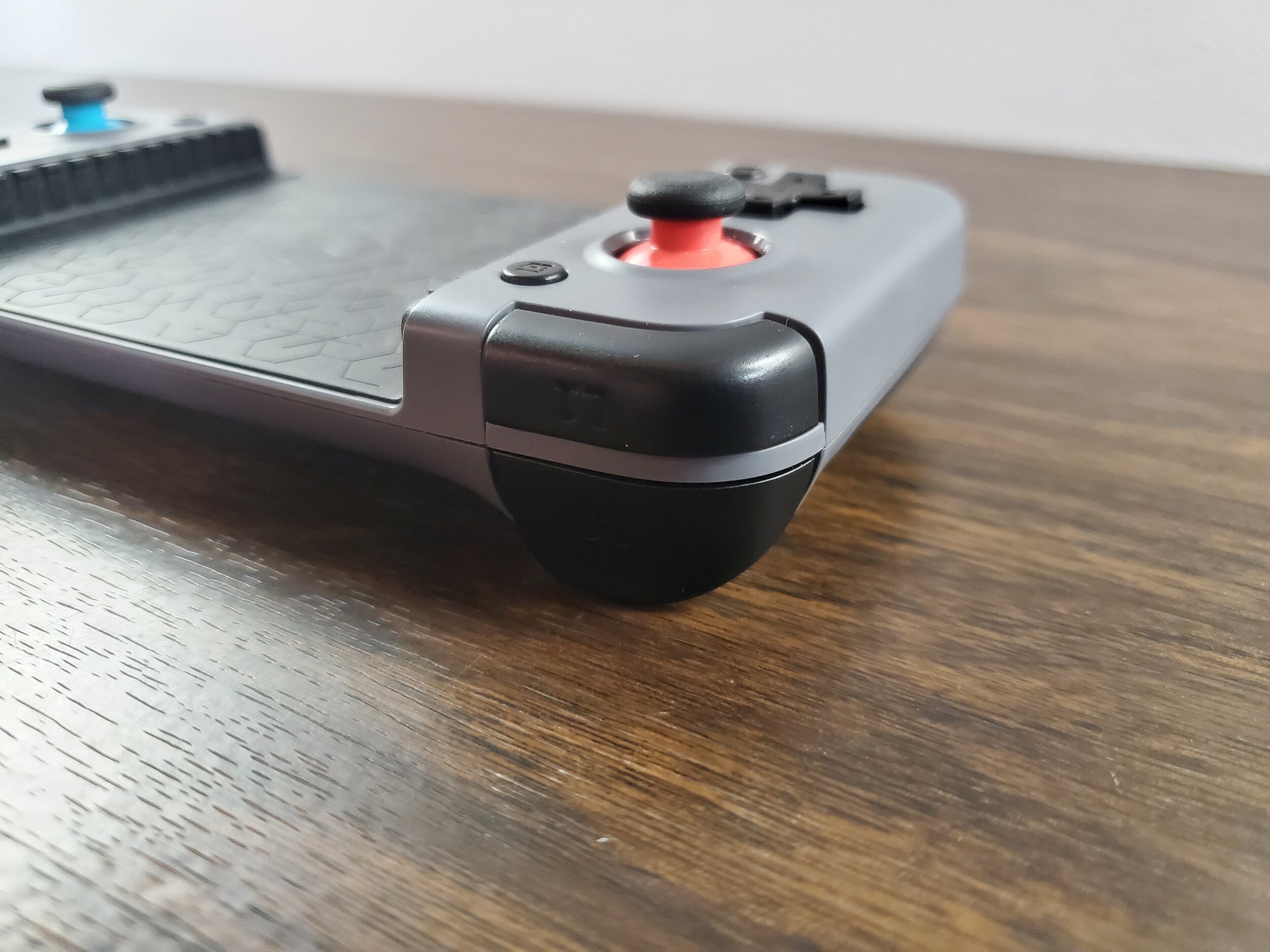
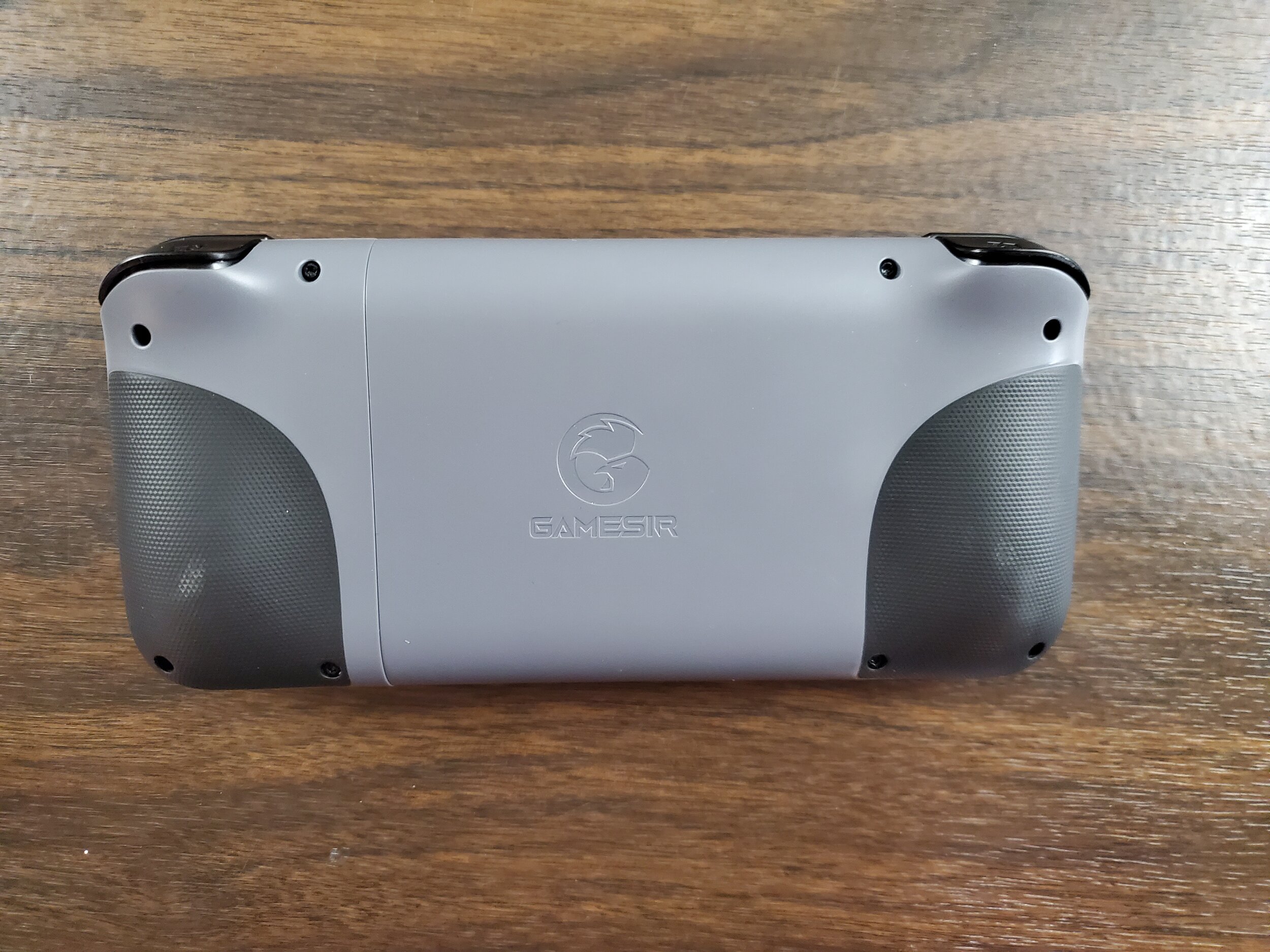
The controller itself feels very light, and not necessarily in a good way. The center of the controller features the spring loaded sliding mechanism to hold the phone feels hollow and a bit cheap. It creaks when I apply any kind of pressure to it and feels like something I need to be careful with. It doesn’t feel like it’s going to break tomorrow but definitely feels like the weak point of the controller. Speaking of the smartphone mount, it is fairly large, holding my Galaxy Note 10+ with just a little bit of room to spare. It has a rubberized feel to keep the controller from slipping and the clamps on either side of the phone are also rubber. The controller can accommodate my phone in a case just fine, though it feels a little tenuous with a thicker case.
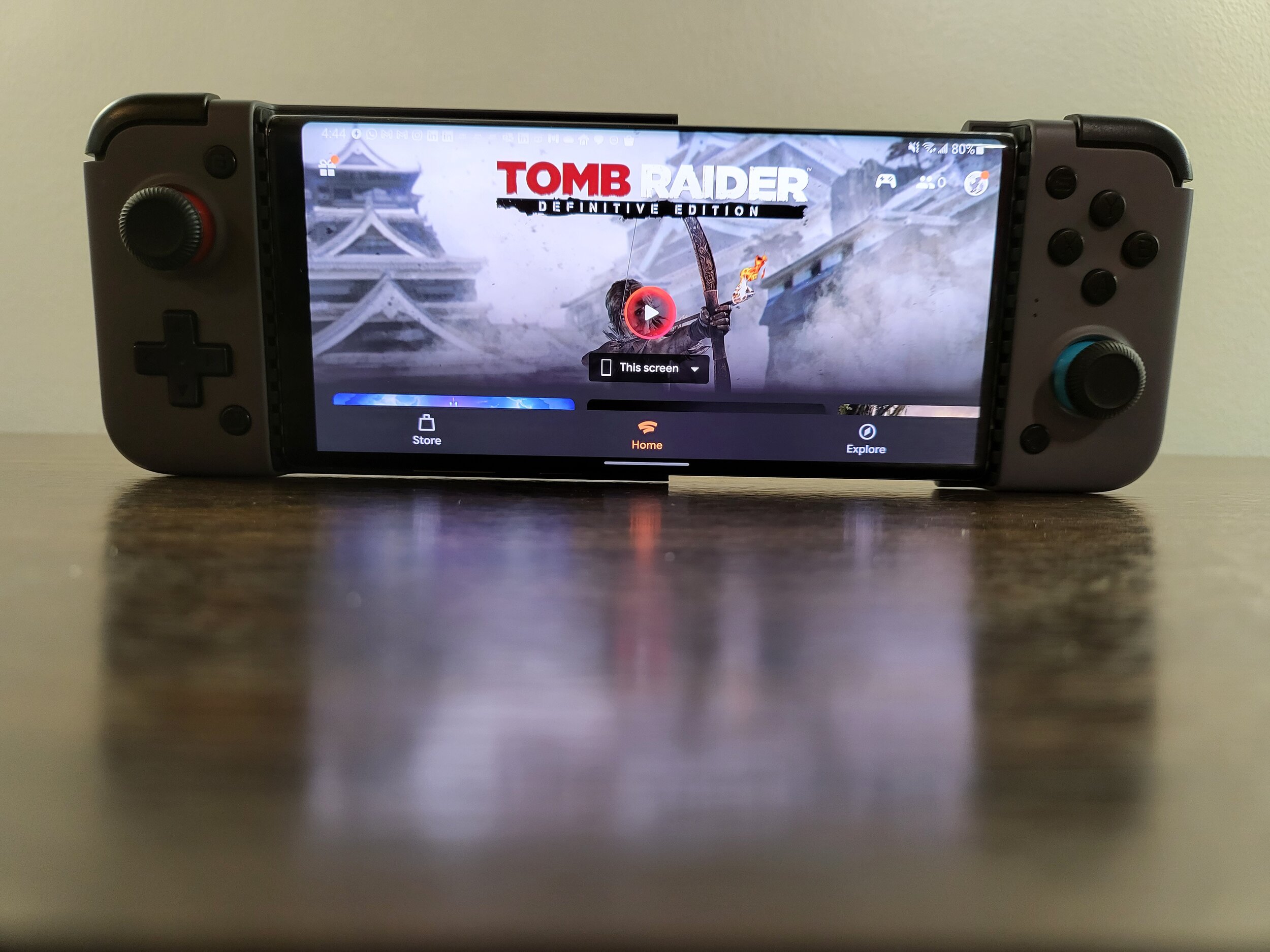
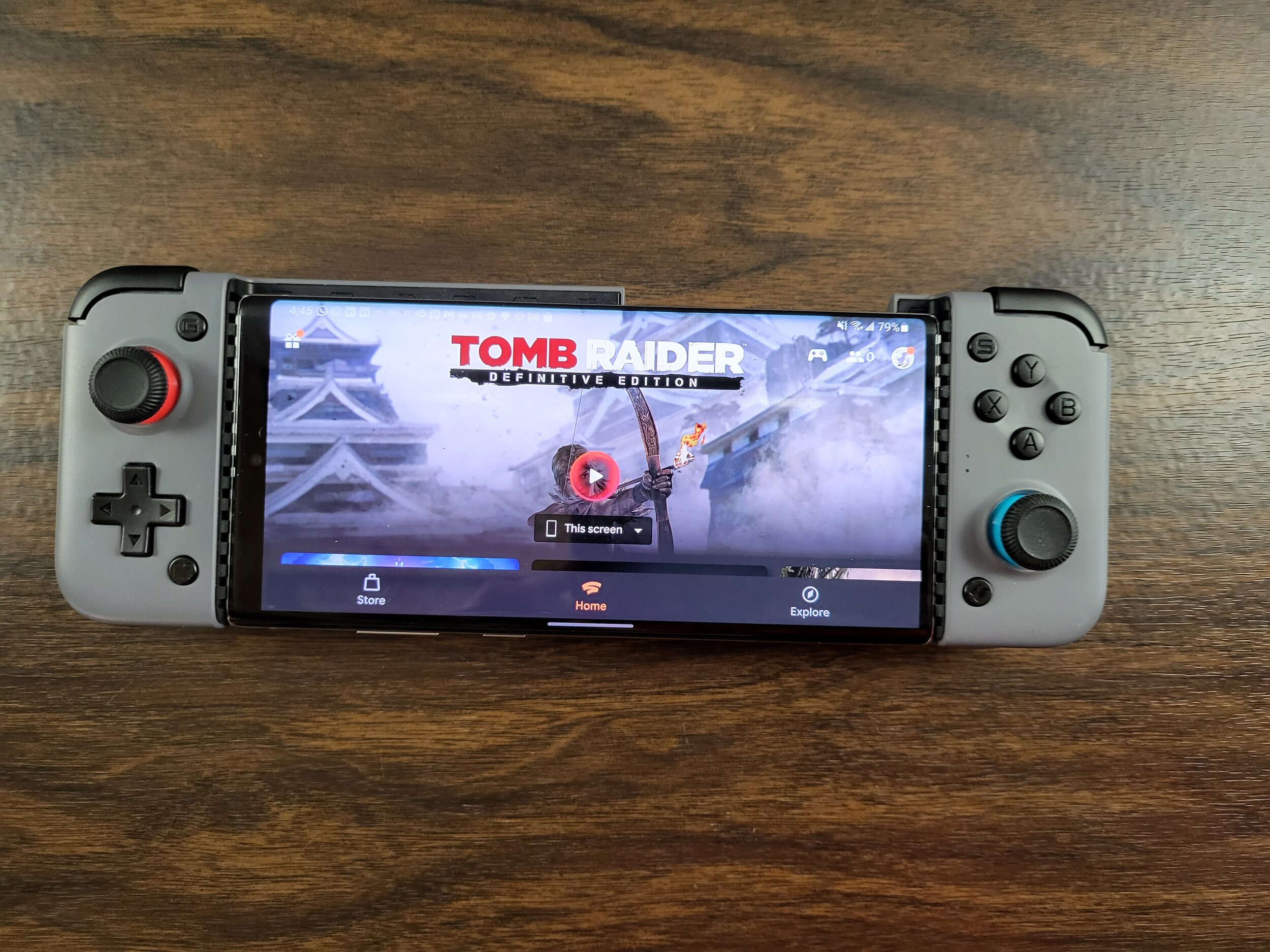
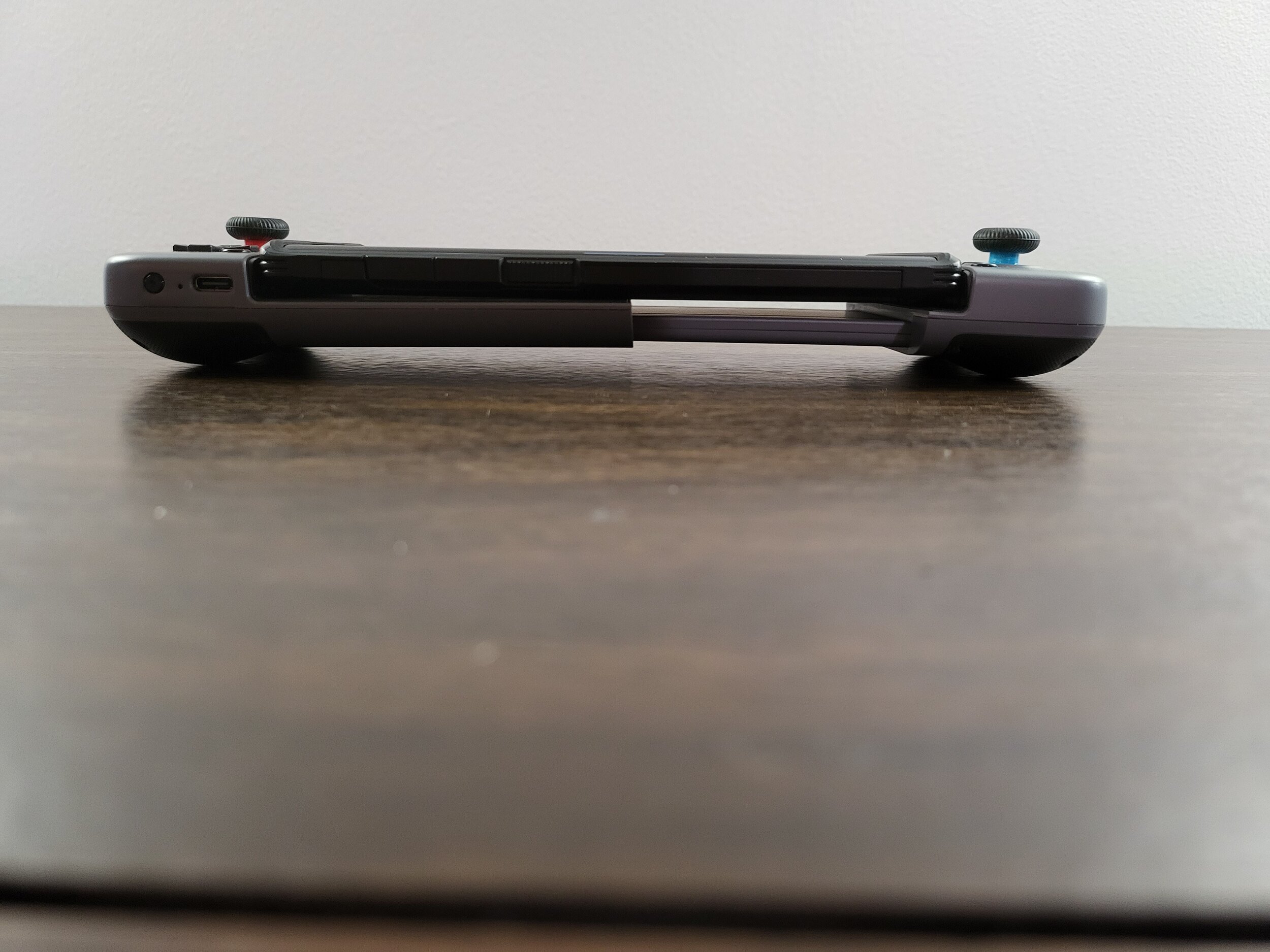
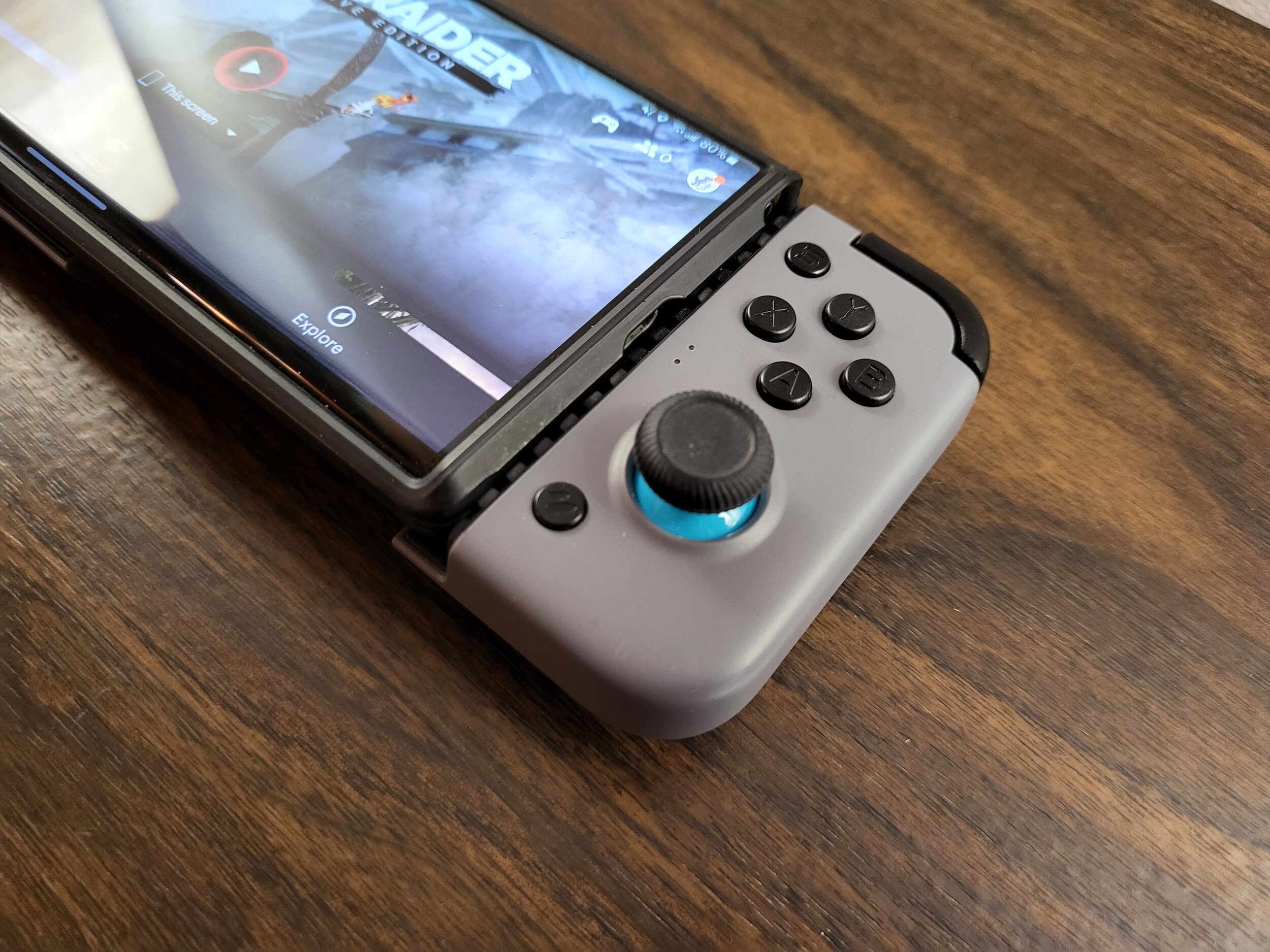
In terms of actual buttons and inputs, the X2 Bluetooth has a fairly standard layout, with twin thumbsticks offset like an Xbox controller, and a standard array of buttons and triggers. The buttons all feel very good and responsive, with the d-pad being a highlight. The L2 and R2 controls are the same kind of buttons instead of analog triggers. I personally prefer analog triggers, but standard buttons for L2 and R2 are not uncommon and can be personal preference.
The weakest point of the controller are the thumbsticks. Out of the box I they are too slippery for me and while their range of motion is good, they are a bit more loose than I like. The inclusion of two sets of thumbstick covers really improves the situation. There is one convex set and one concave set that are very grippy and make it much easier to use. However, because they’re not permanent they risk falling off the controller. I’ve had a couple times when I’ve tossed the controller in my backpack without the case, and when I went to grab it one or both of the thumbstick covers was missing and I had to fish it out of the bottom of my bag. If they were optional it wouldn’t be a big deal but considering that without them I really don’t like using the thumbsticks, the fact that the covers are so easy to lose is concerning.
The controller features a dedicated screenshot button, as well as a power button that also facilitates Bluetooth pairing beside the USB-C port on the bottom.
Speaking of charging, the battery on the controller is quite long. I’ve been trying to kill the battery so I can see how long it takes to fully charge it from dead to full… and I haven’t been able to. I’ve played at least 15 hours and the battery still isn’t dead, which means that battery life will not be a worry. The product’s website doesn’t state how long the battery will last, only that the battery “will give you longtime nonstop gaming experience.”. Yes, the English translations on some of their documentation is a bit rough.
The last thing to note on charging is related to the phone. Due to the design, a phone’s charging port and headphone jack (if there is one) will be blocked. This makes it impossible to charge your phone wile mounted in the controller. That’s a necessary compromise because of the device’s design but I did have a couple instances where I wanted to play a game, but my phone battery was low so I had to charge the phone first. Because the connectivity is wireless it is possible to use the controller while the phone is on a separate stand but on a smaller phone screen that isn’t ideal.
The Competition
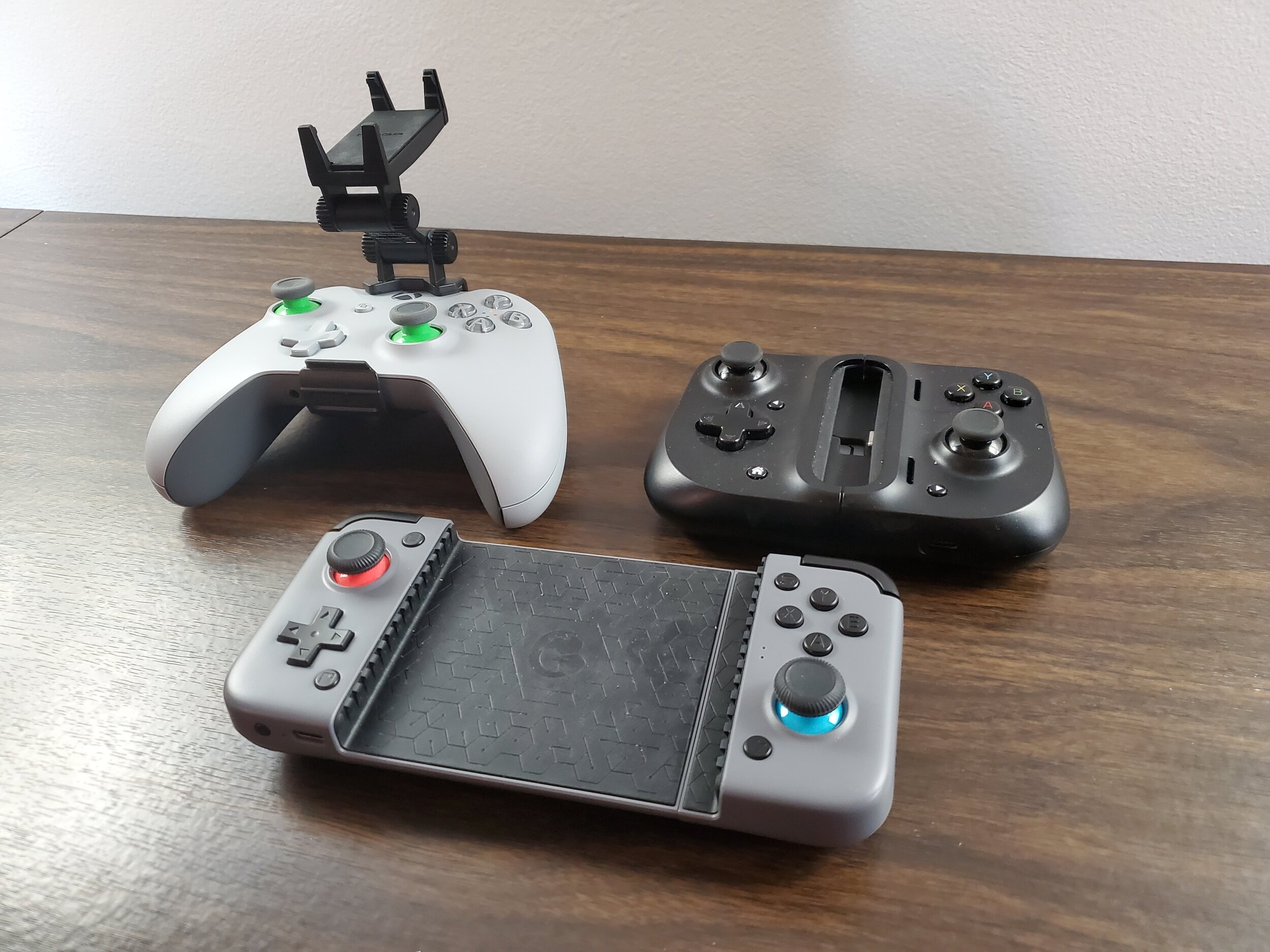
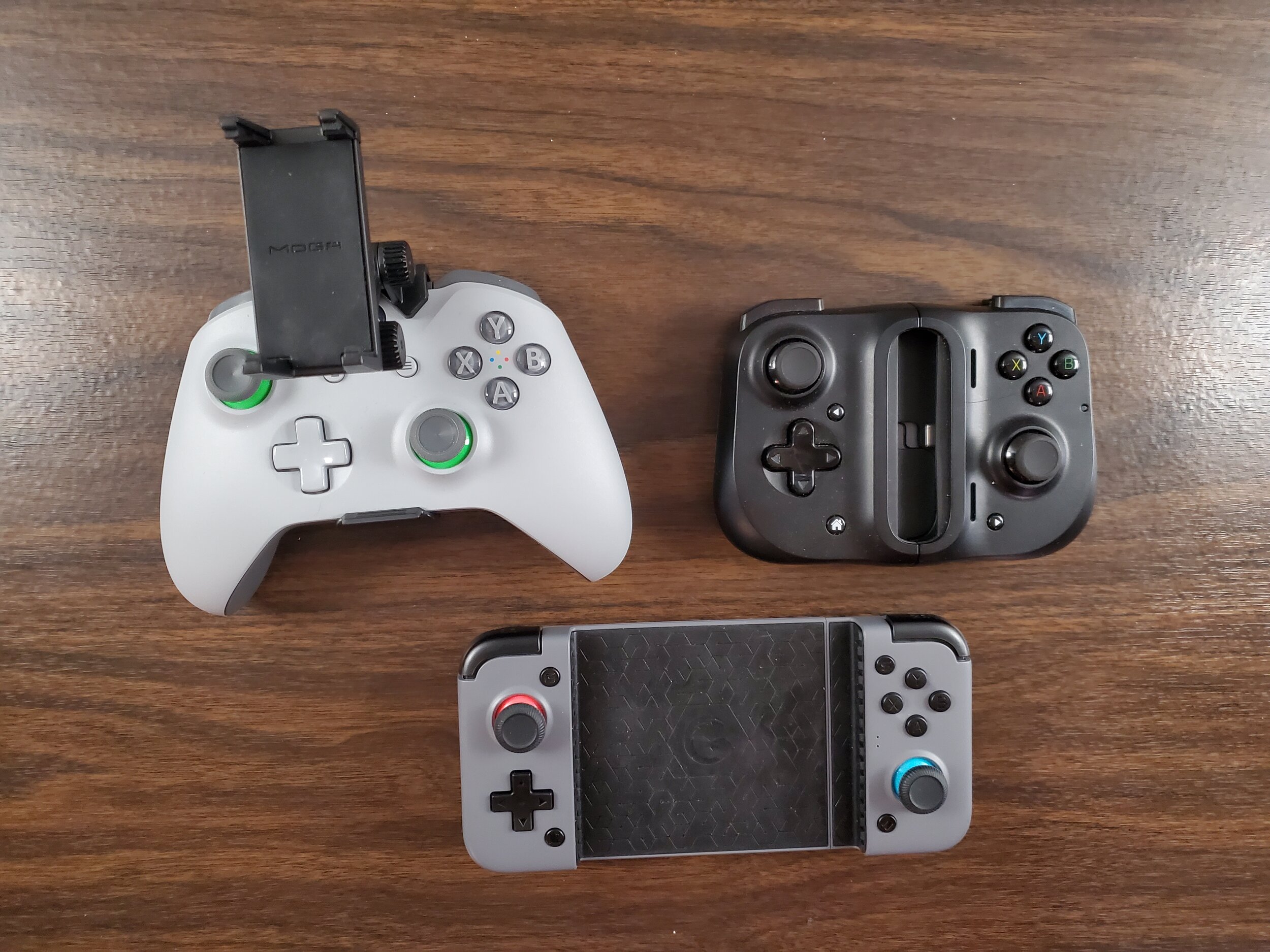
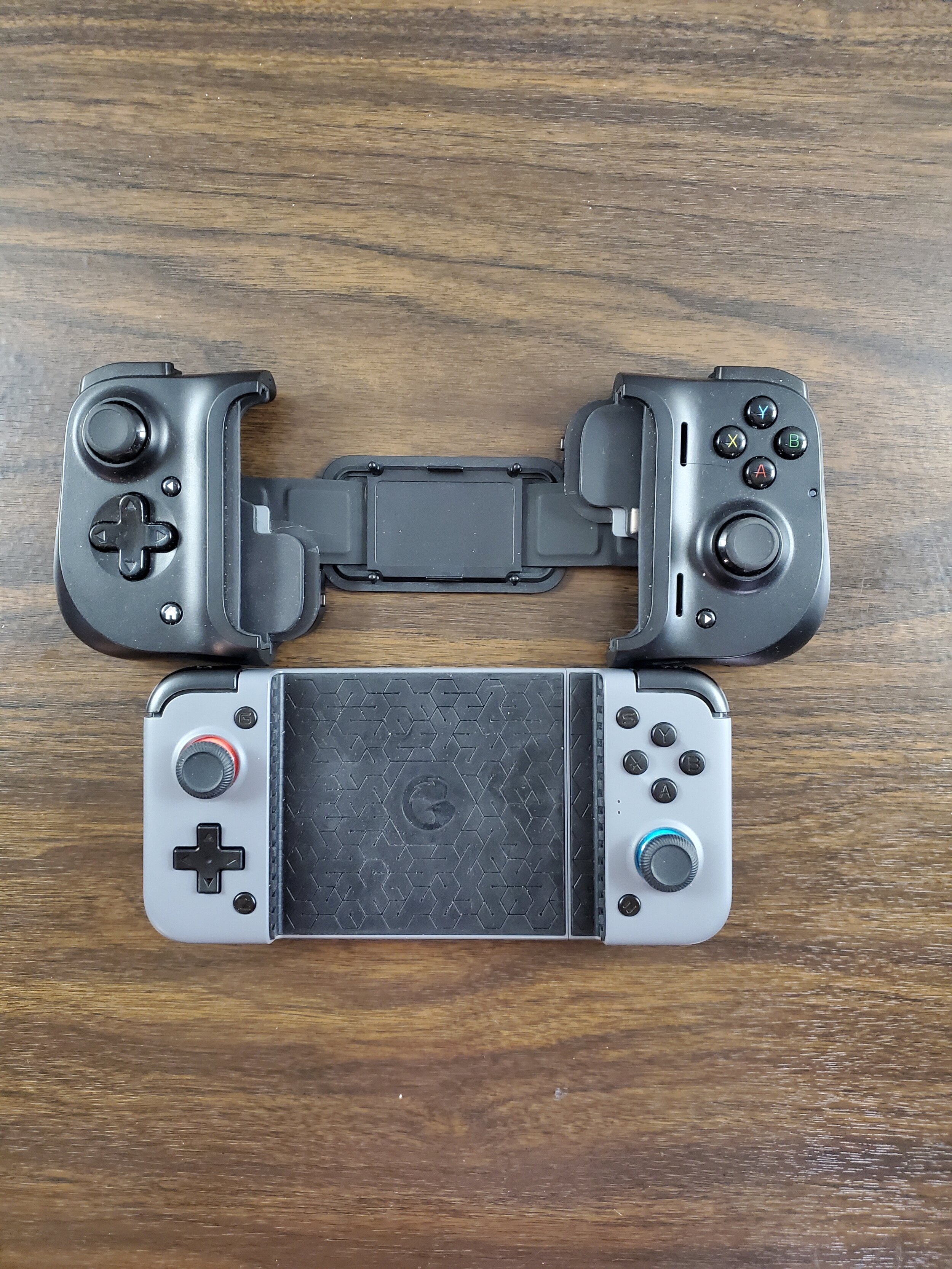
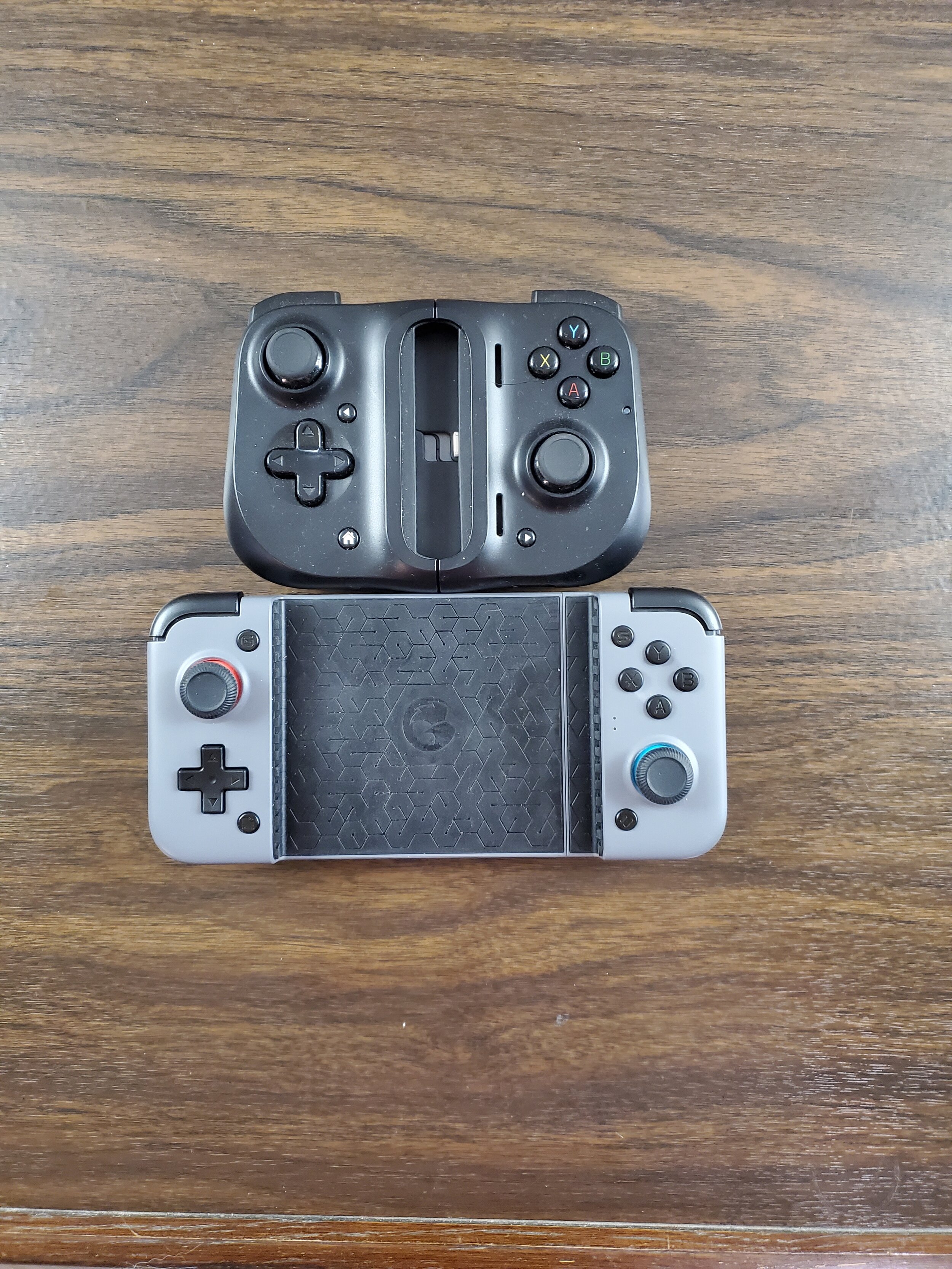
There are dozens of options for mobile controllers, from truly cheap options at $20, all the way up to premium options like the Razer Kishi at $120. And, in terms of mobile gaming, the Nintendo Switch is still the king of dedicated devices. I bring up the Nintendo switch here because a larger phone mounted in the X2 Bluetooth controller turns it into a device that’s just as big as the Nintendo Switch, and the carrying case for the controller is almost as wide as my Nintendo Switch in a case, and actually thicker. So in a way, carrying the X2 Bluetooth is not about having more portability than a device like the Nintendo Switch, it is about being able to play specific games on your phone.
When compared to the Razer Kishi, the X2 Bluetooth is a larger device, and less portable. And because of the build quality questions, I would want to keep it in the carrying case, which defeats much of the purpose of portability. But the X2 Bluetooth is significantly more portable than an Xbox Controller with a phone clip. I would not take an Xbox controller and clip to toss into my bag, it is much too bulky.
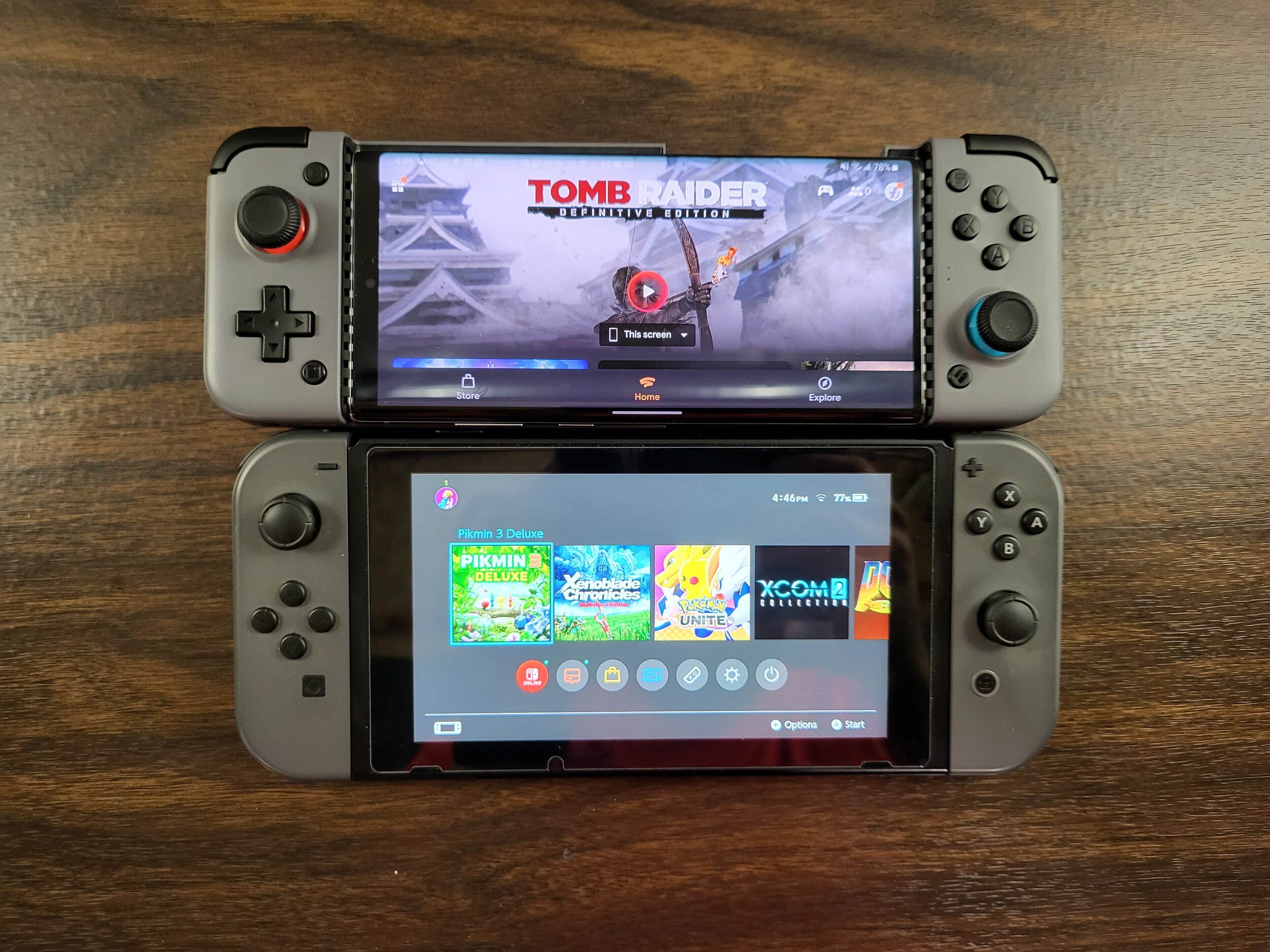
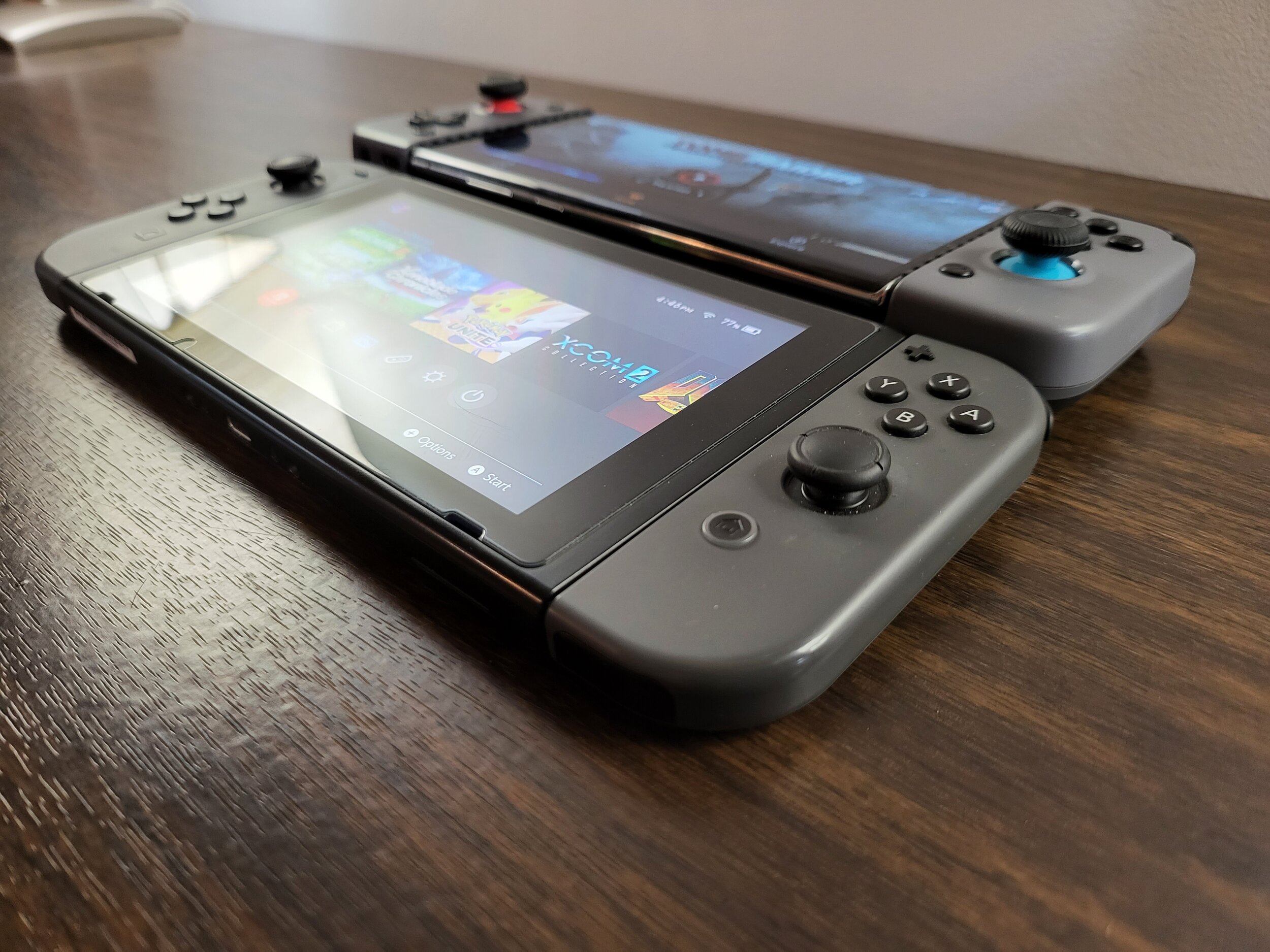
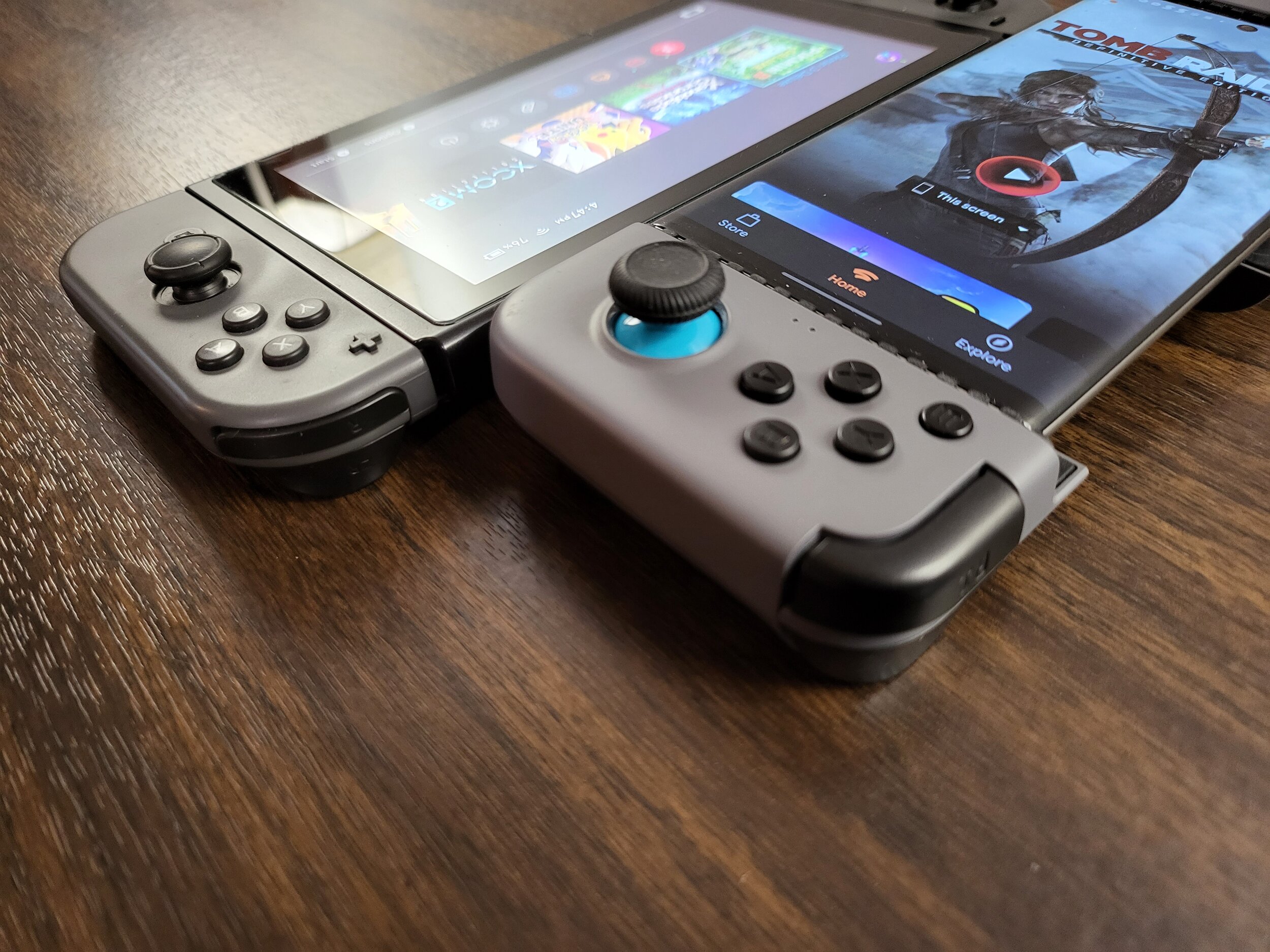
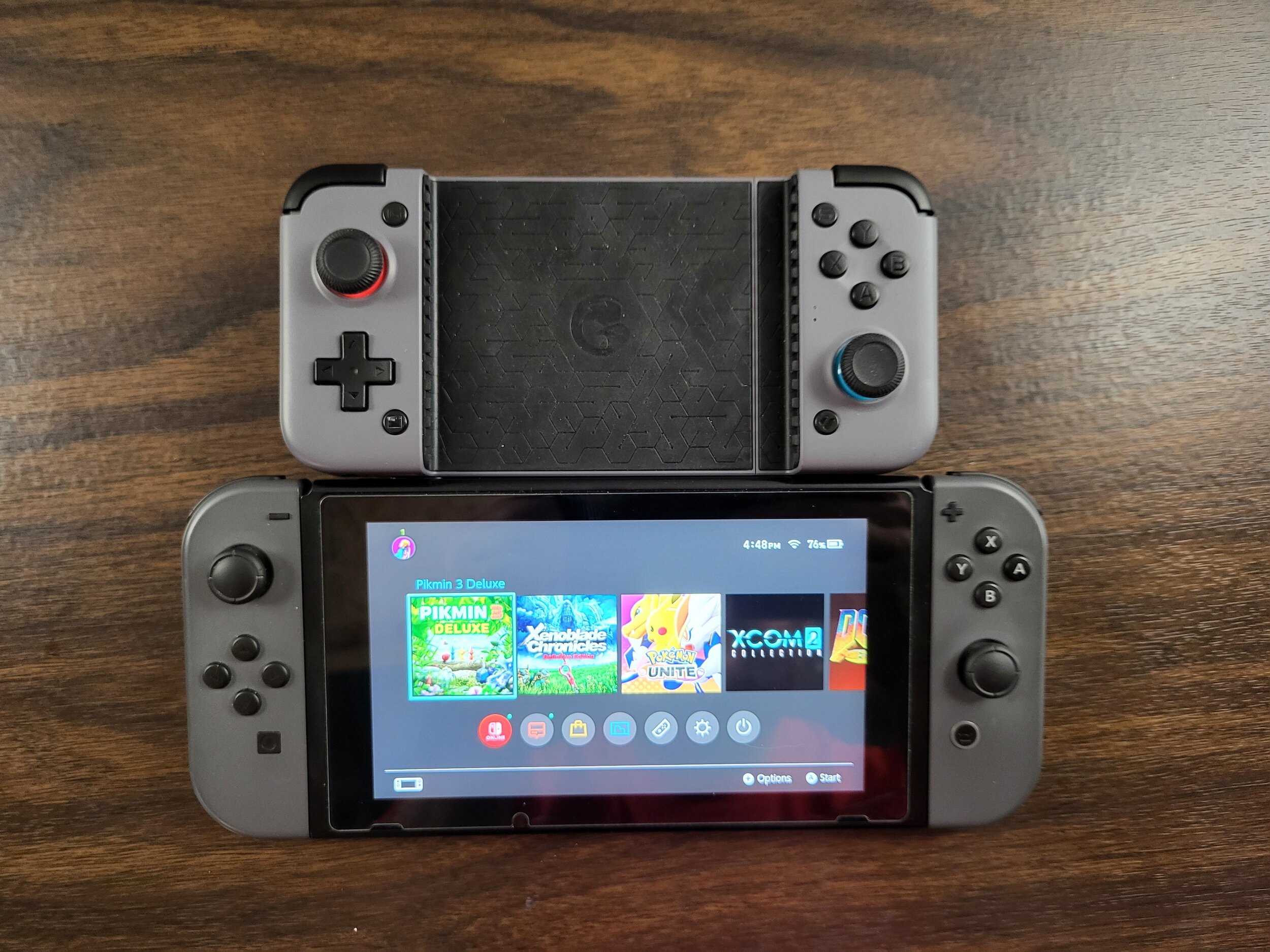
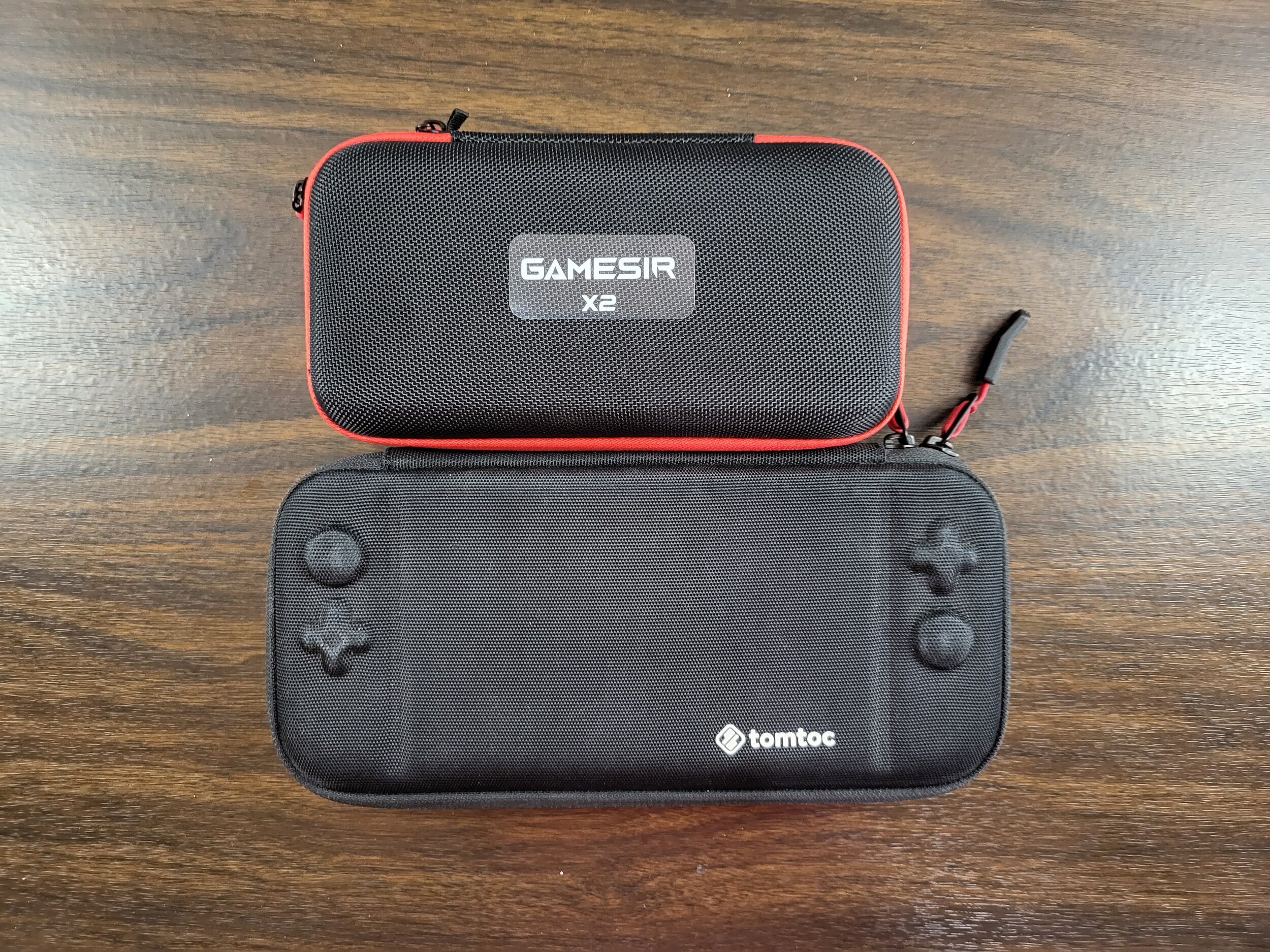
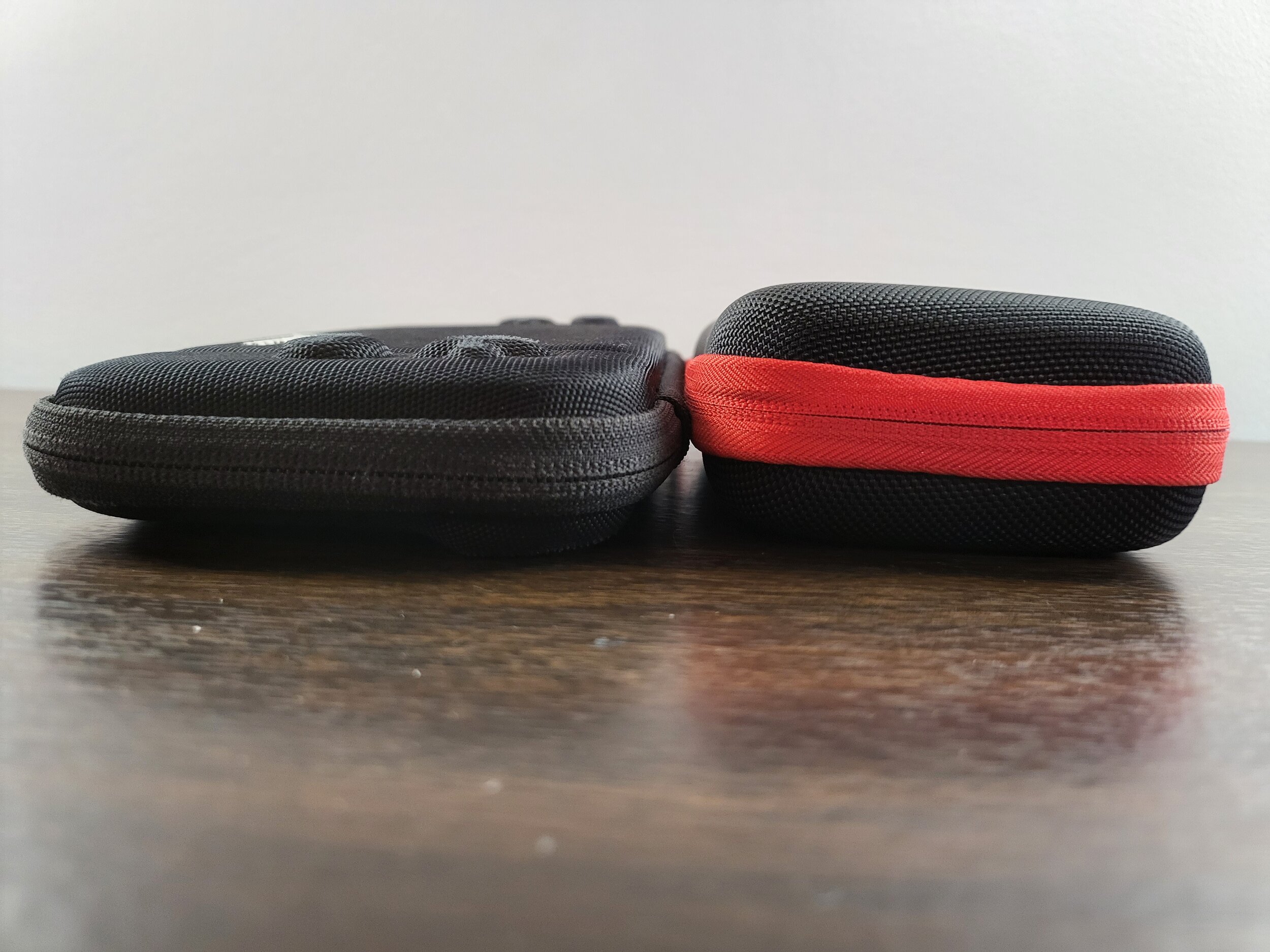
For me, the device I carry comes down to the X2 Bluetooth and the Nintendo Switch. I generally won’t carry both, and the choice will largely come down to my phone battery. Because I can’t charge my phone while using the X2 Bluetooth, I have to really think about when I will and won’t play games using that controller especially on the go. That’s where the Nintendo Switch wins out, being a dedicated device that won’t kill my phone’s battery.
Gameplay
In terms of actually playing games with the controller, I’m happy to say that it works quite well. I paired the controller to my Android phone, an iPad, and a Windows computer, and it performed as well as any other Bluetooth controller I’ve tried. It works as well as any other controller with both local games as well as cloud gaming services like Xbox Cloud Gaming or Google Stadia. There is just a bit of Bluetooth lag, but no more or less than other Bluetooth options. Basically, if a Bluetooth Xbox controller works well enough, this will work equally as well. The pairing process is a bit cumbersome as pairing it to Android and iOS needs a different button combination that you need to remember, and switching back and forth requires you to remember the button combination, but that’s not the end of the world.
The fact that the gameplay experience is unremarkable is a plus. It isn’t any better than anything I’ve tried, but the experience is fine. I really have no issued playing games with this controller.
Price, Value Proposition and Conclusion
The X2 Bluetooth retails for $60 USD from the product website, which at the time I write this works out to almost exactly $77 CAD. It can also be found on Amazon Canada for $76 at the time of this writing. There is a lot of competition in this space, with various shapes, sizes, and styles of controllers coming in anywhere from $25 to $120. At roughly $75, the GameSir X2 Bluetooth controller is in the higher end of the midrange, and the versatility makes it a good option. Where the Razer Kishi is limited to working with only Android phones with a centered USB-C port, the X2 Bluetooth can work with any device that accepts Bluetooth controllers with or without mounting them in the center of the controller. It is larger than the Kishi, but not to the point of being cumbersome, and offers much more portability than an Xbox Controller and phone clip. The design tries to strike a middle ground between being portable and usable, and mostly gets it right.
Overall, I like the GameSir X2 Bluetooth controller quite a bit, even with its shortcomings. My hope is that in a future release some of the build quality questions can ben resolved, as well as better feeling thumbsticks. But even with those issues, I’m going to keep going back to the X2 Bluetooth, because the versatility should give it more longevity.
This review follows almost 3 weeks with a review unit provided by GameSir. The unit is mine to keep, but the company did not give any input to this review, and did not receive an advanced copy.
